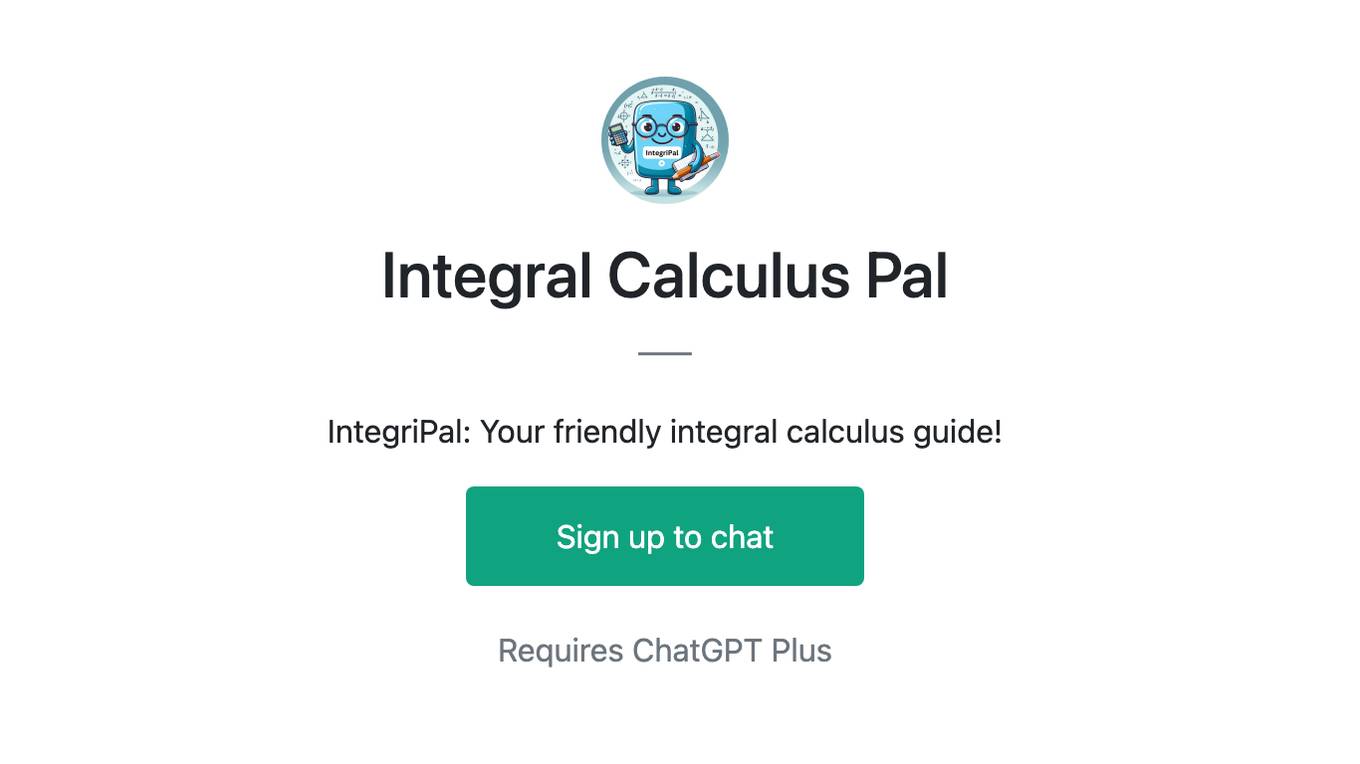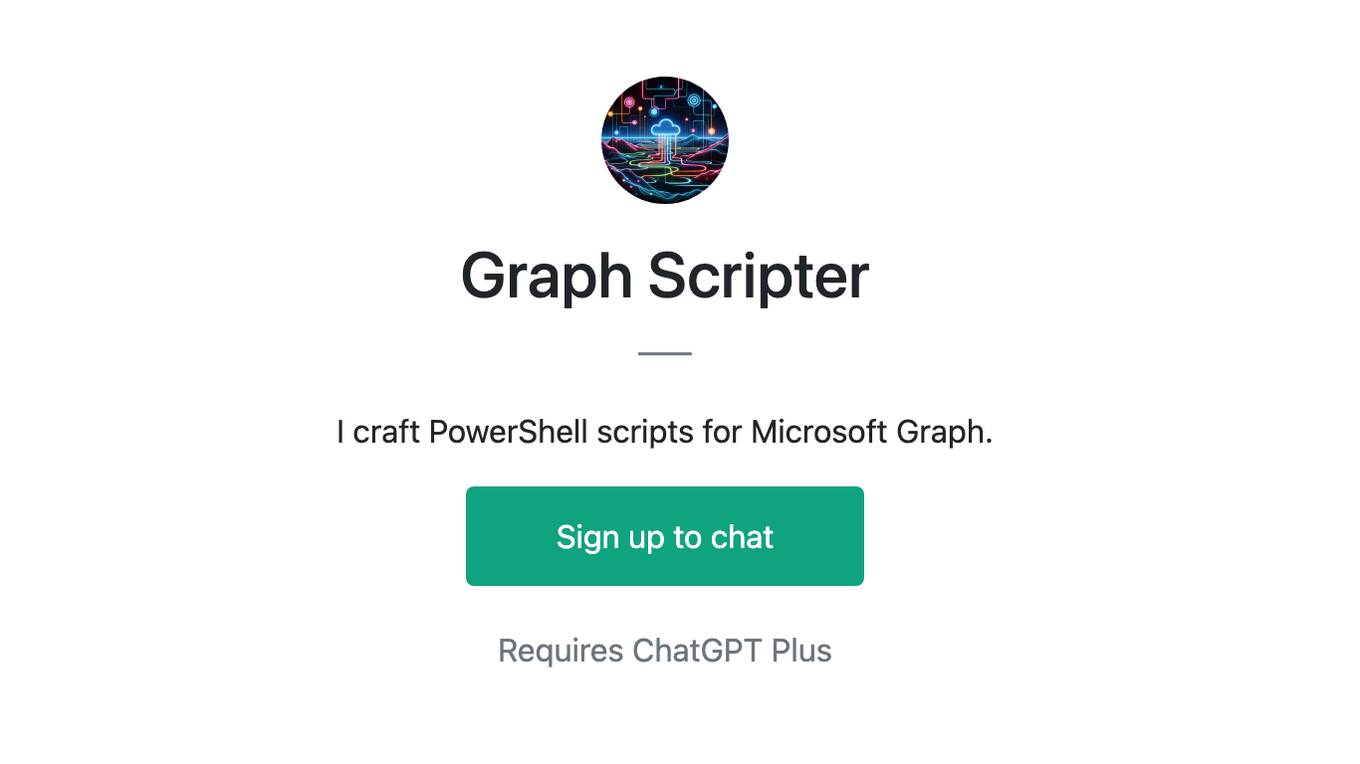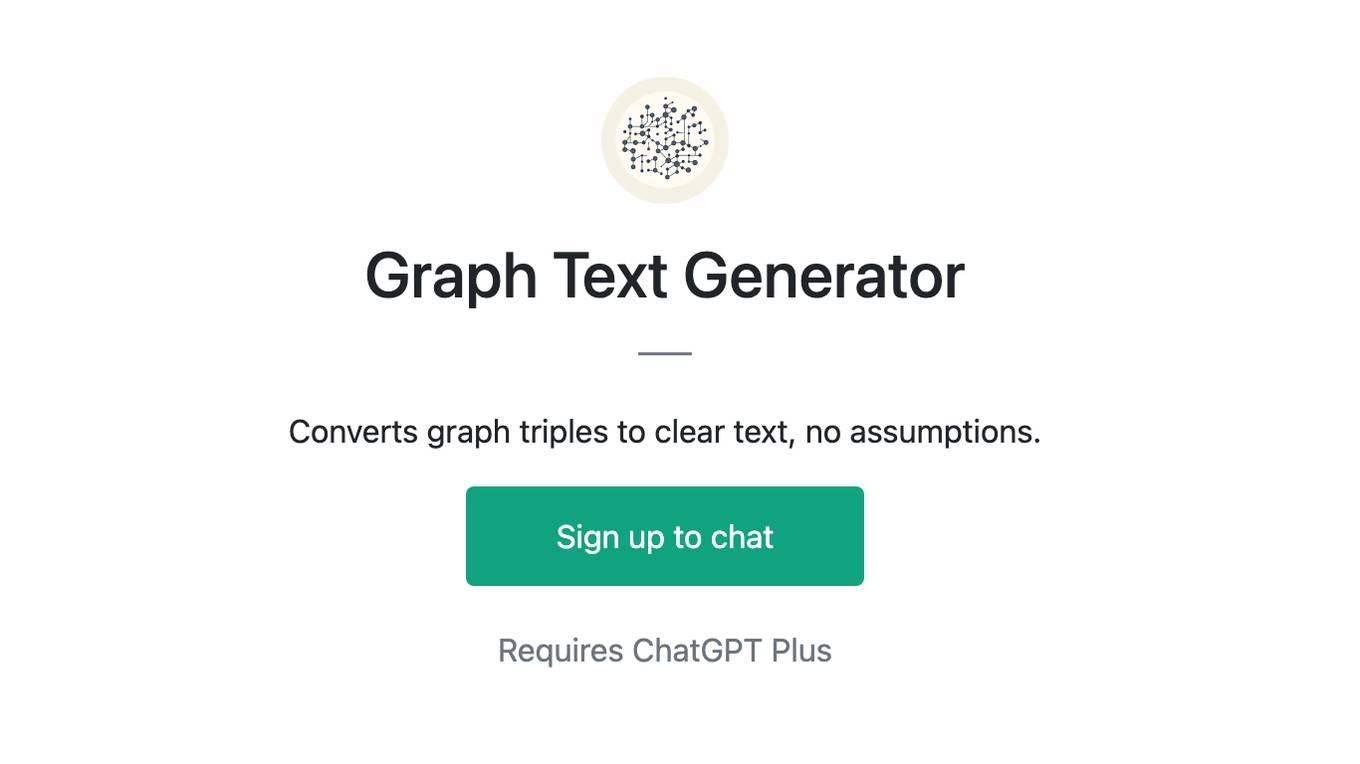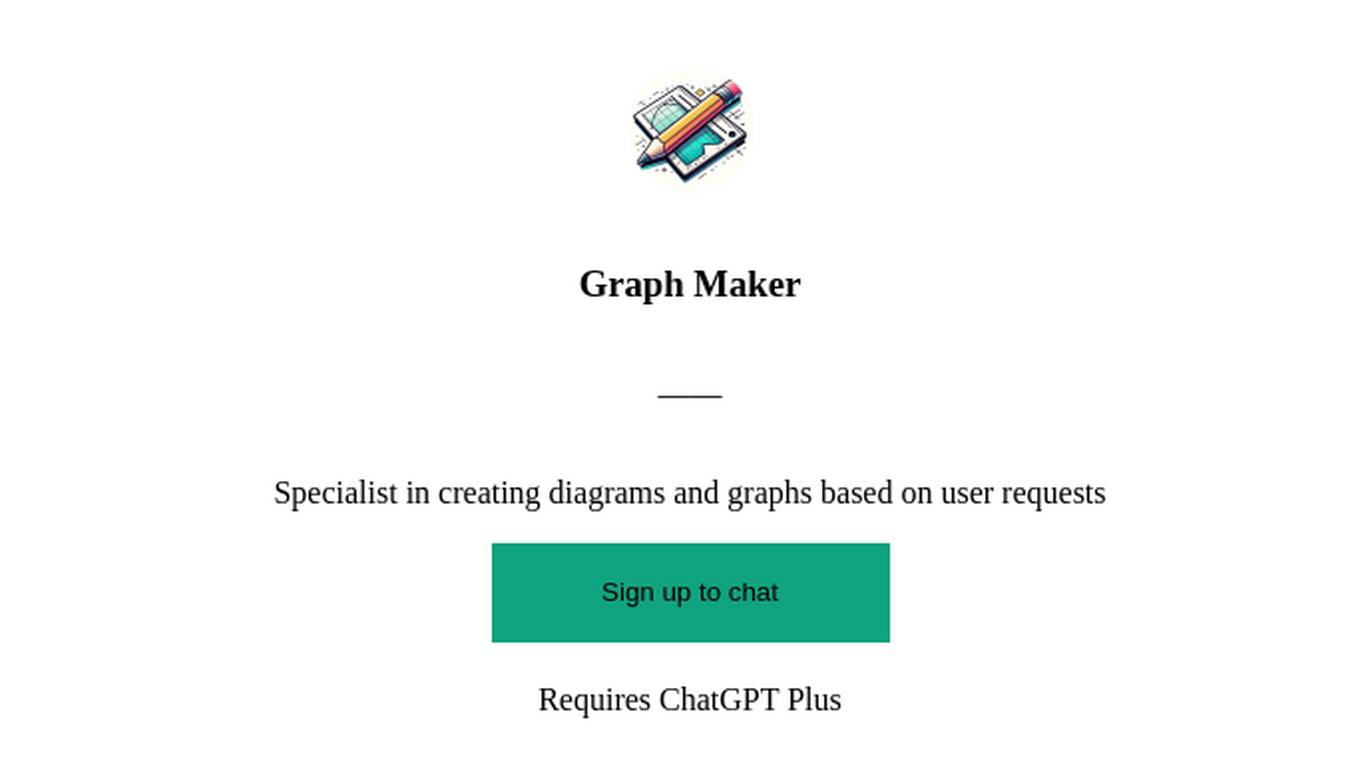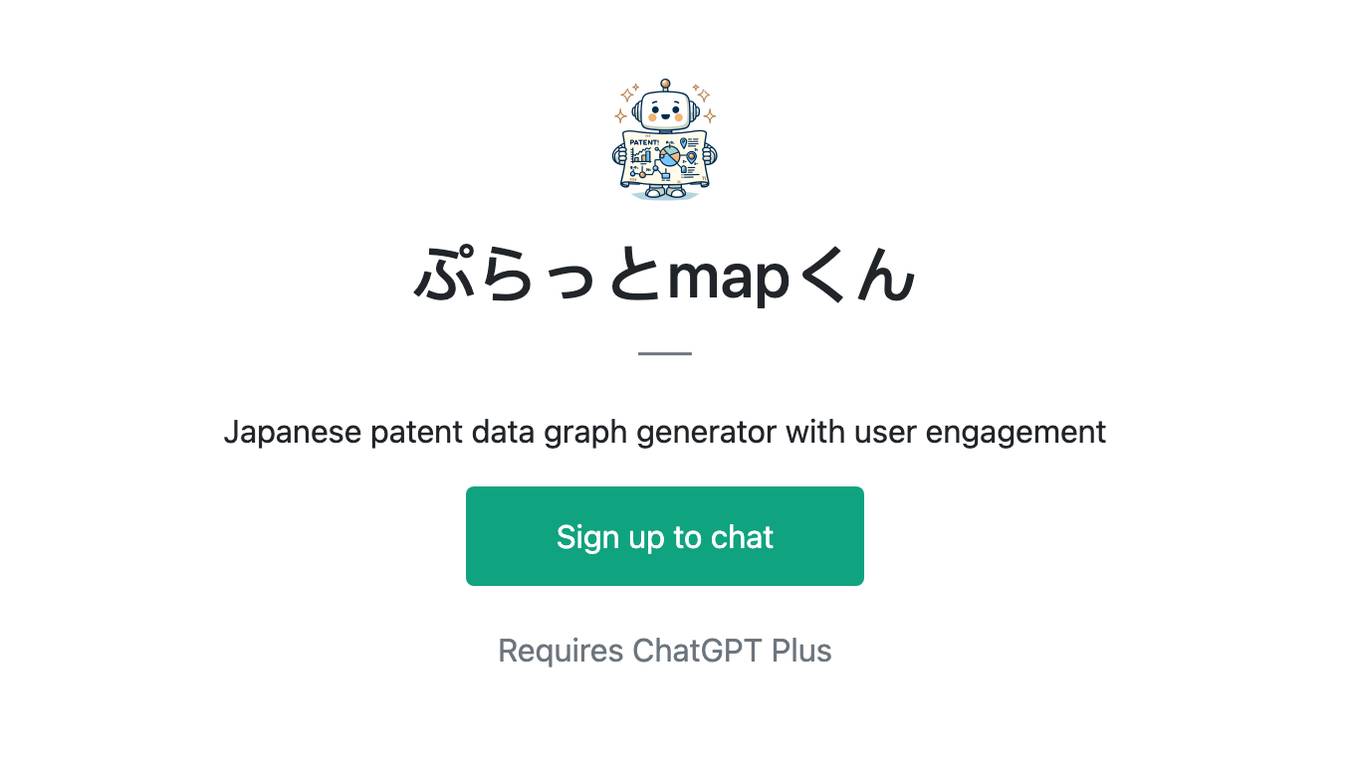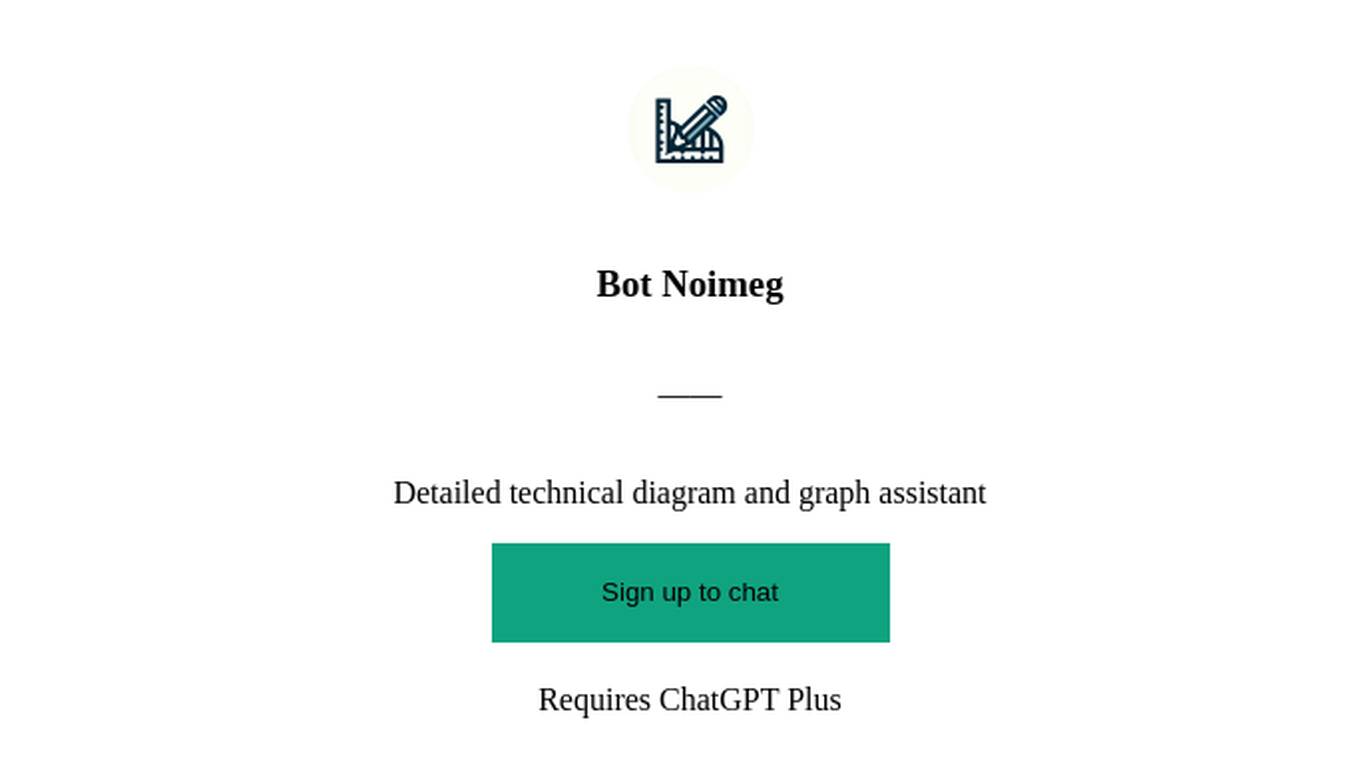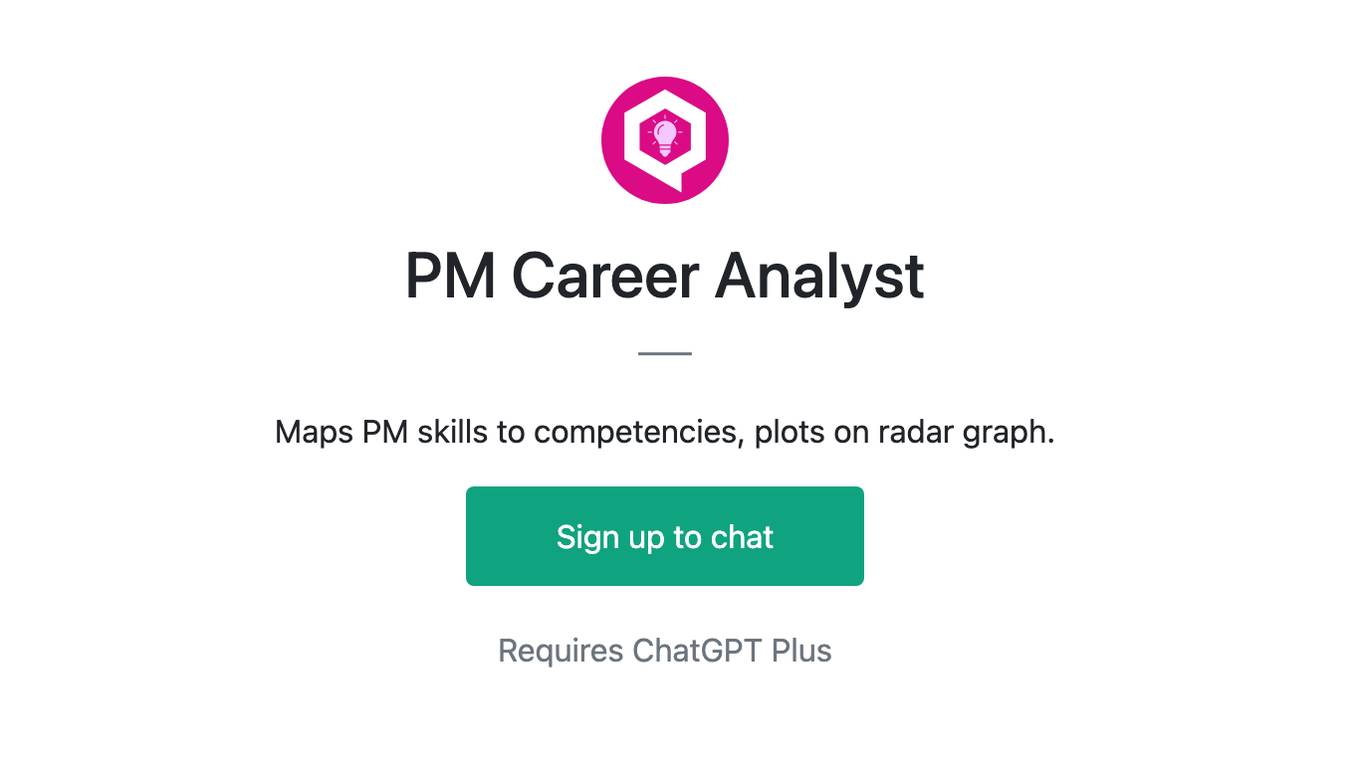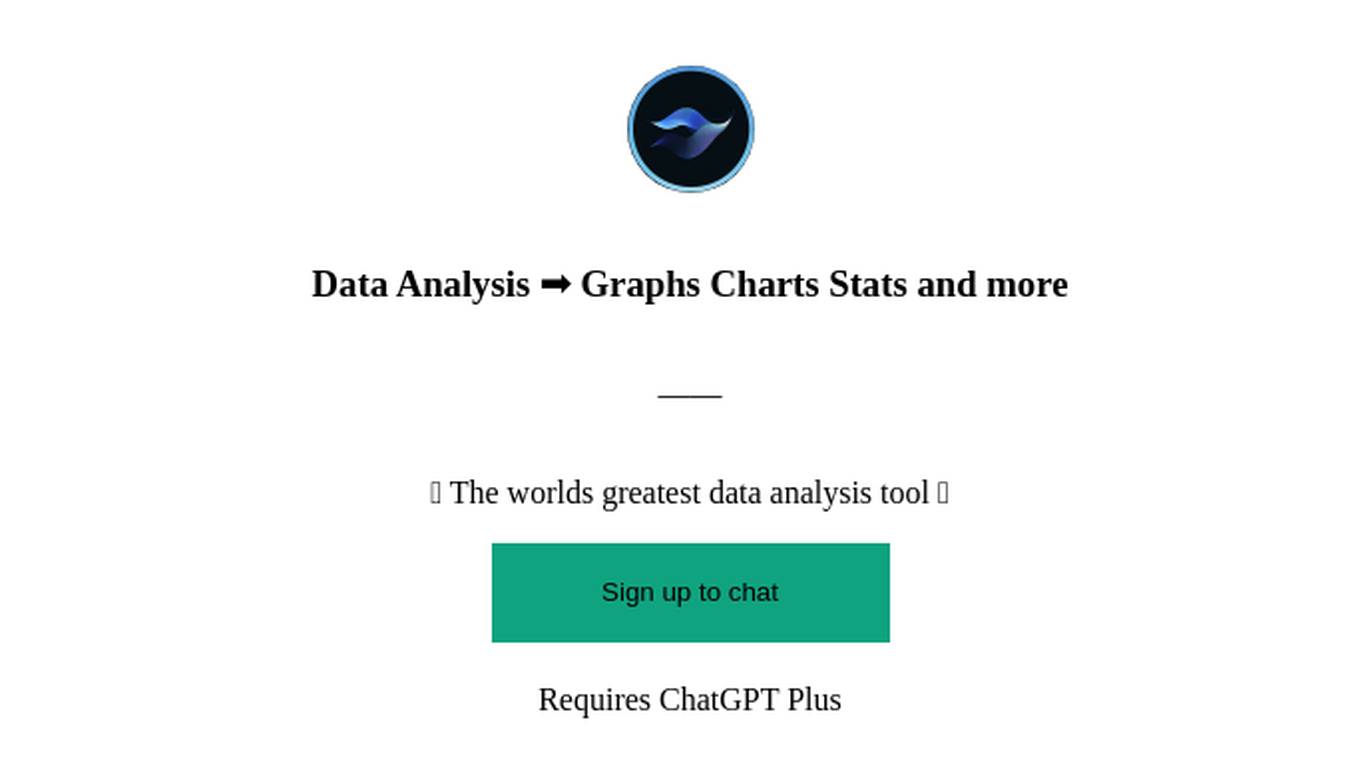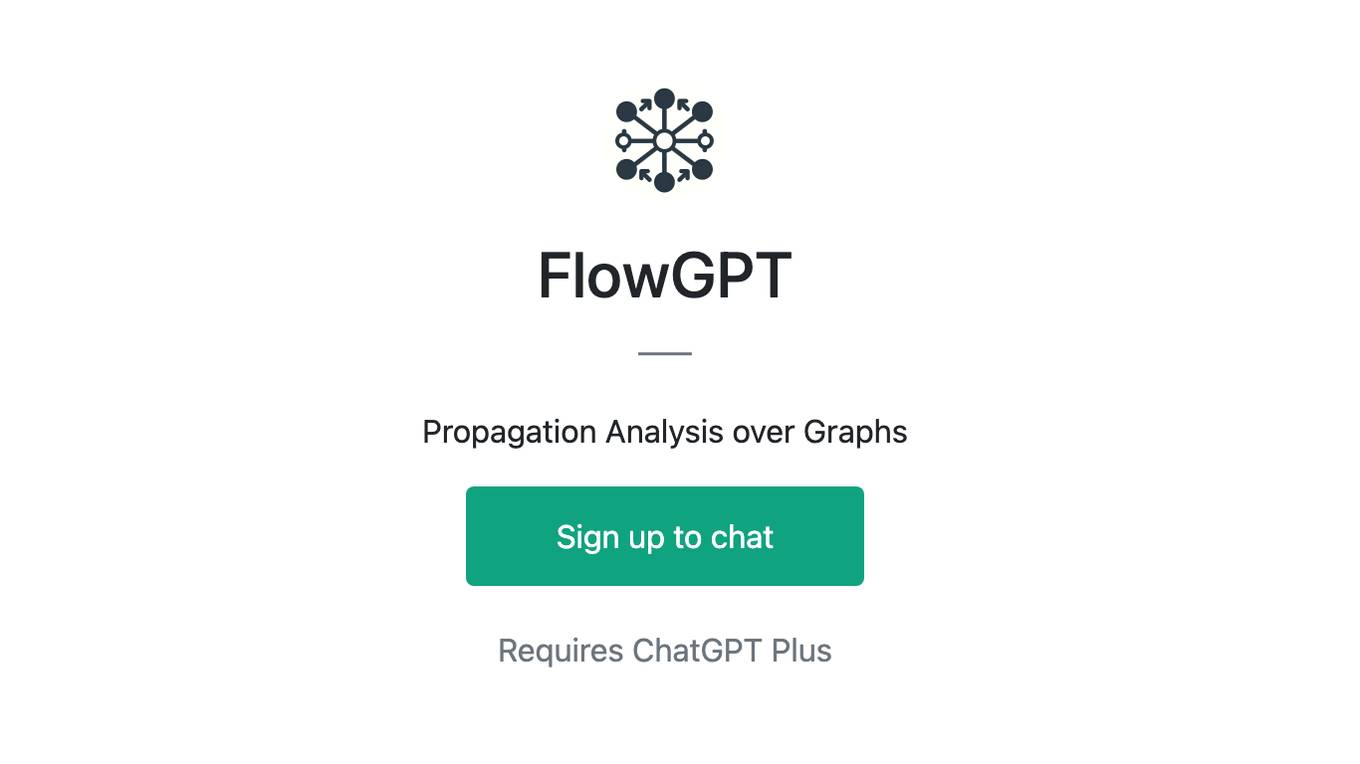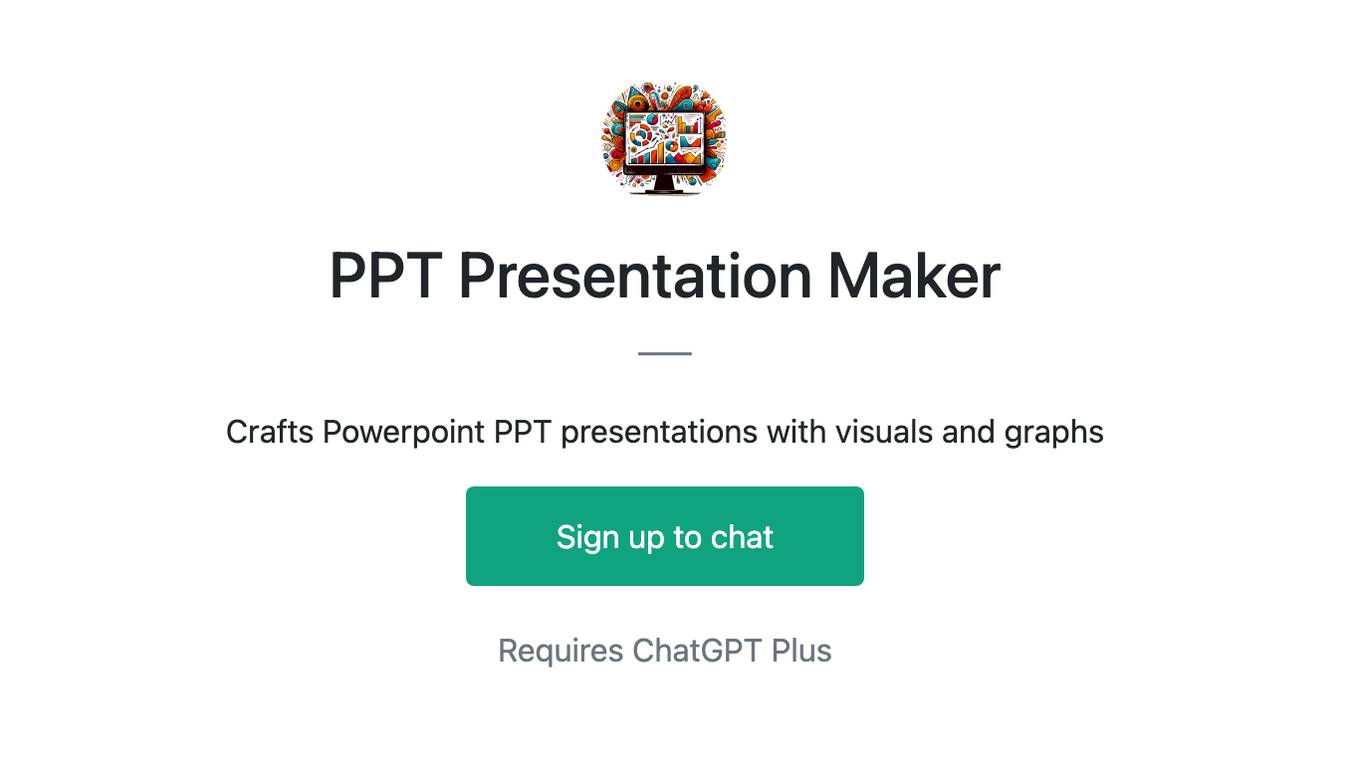Best AI tools for< Graph Functions >
20 - AI tool Sites
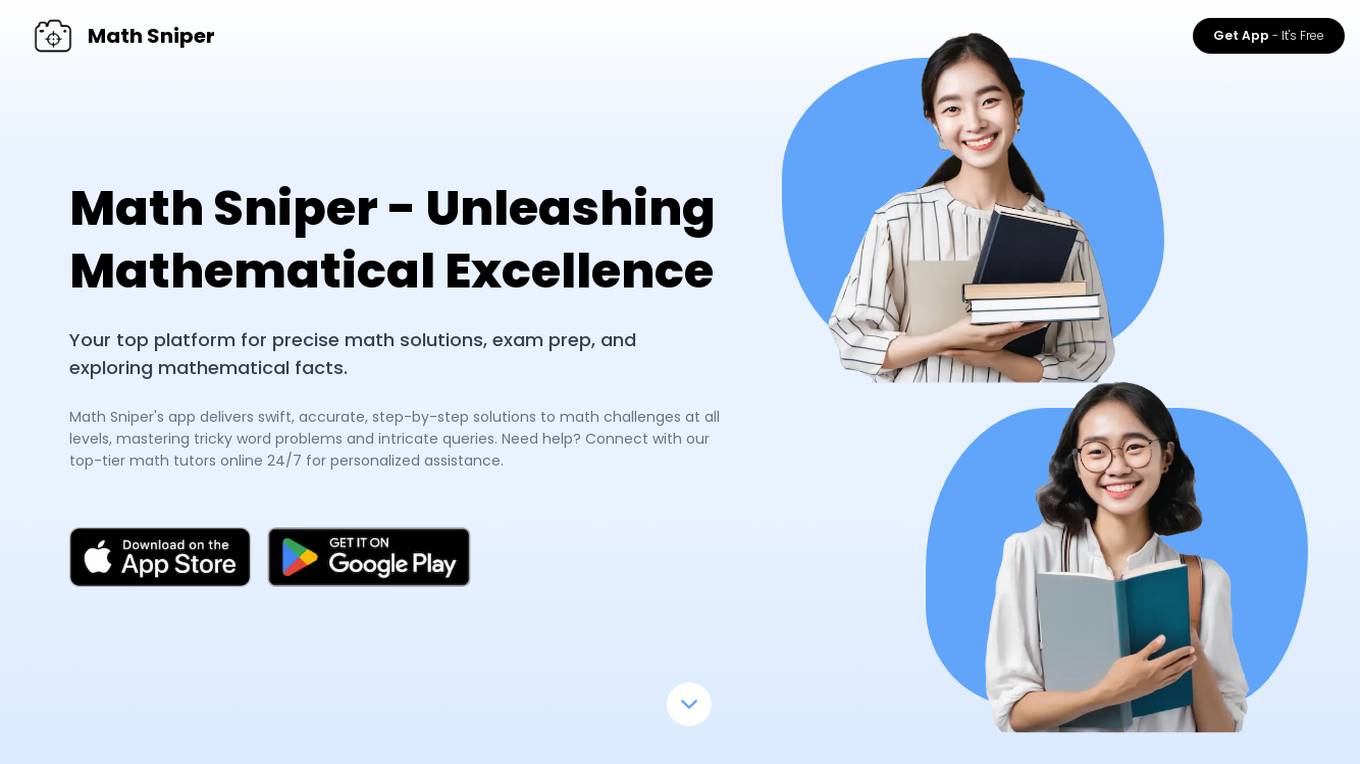
Math Sniper
Math Sniper is an AI-powered application designed to provide precise math solutions, exam preparation assistance, and exploration of mathematical concepts. The app offers step-by-step solutions to math challenges at all levels, connects users with math tutors for personalized help, and covers a wide range of subjects beyond mathematics, such as biology, chemistry, physics, history, economics, and language tasks. With features like Snap & Ask for instant answers, step-by-step explanations, and a user-friendly interface, Math Sniper aims to enhance users' understanding of complex concepts and facilitate learning in various disciplines.
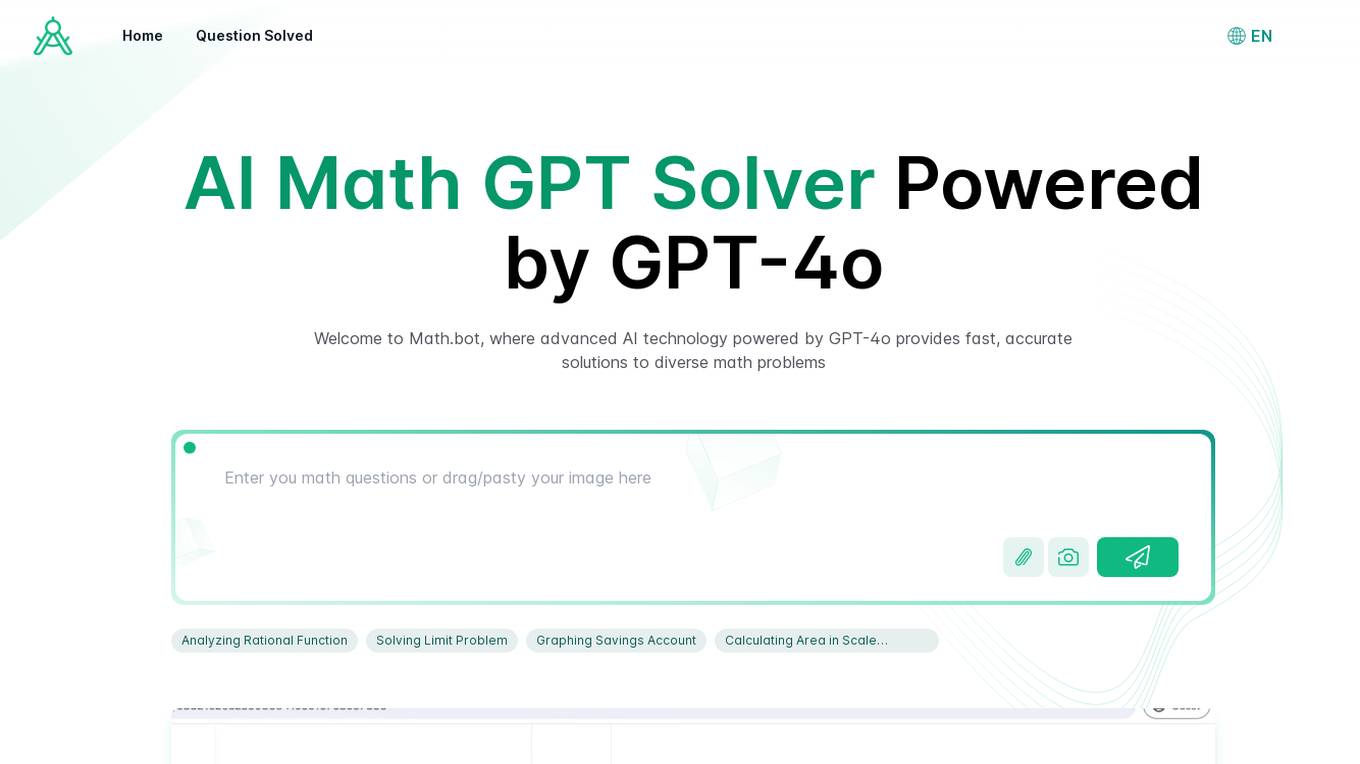
Math.bot
Math.bot is an advanced AI math solver powered by GPT-4o, offering fast and accurate solutions to a wide range of math problems. The platform integrates leading technologies like Microsoft Math Solver, providing free and user-friendly services accessible via web and mobile apps. Users can solve math equations and word problems with detailed step-by-step guidance, upload math problems for instant AI-assisted solutions, and engage with an interactive ChatGPT math solver for dynamic learning experiences.
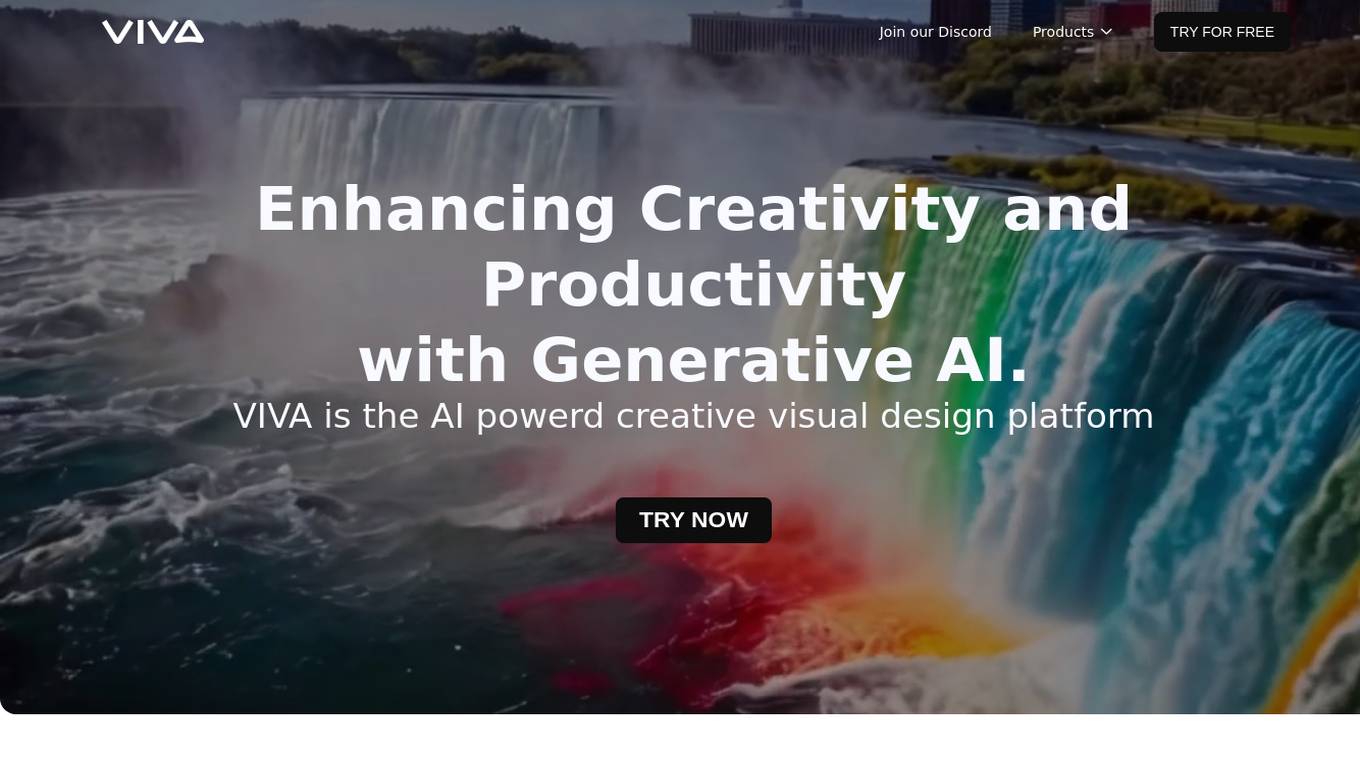
VIVA.ai
VIVA is an AI-powered creative visual design platform that aims to bring every moment to life. It provides users with tools and features to create visually appealing designs effortlessly. With VIVA, users can unleash their creativity and design stunning visuals for various purposes such as social media posts, presentations, and marketing materials. The platform leverages artificial intelligence to streamline the design process and help users achieve professional-looking results without the need for advanced design skills.
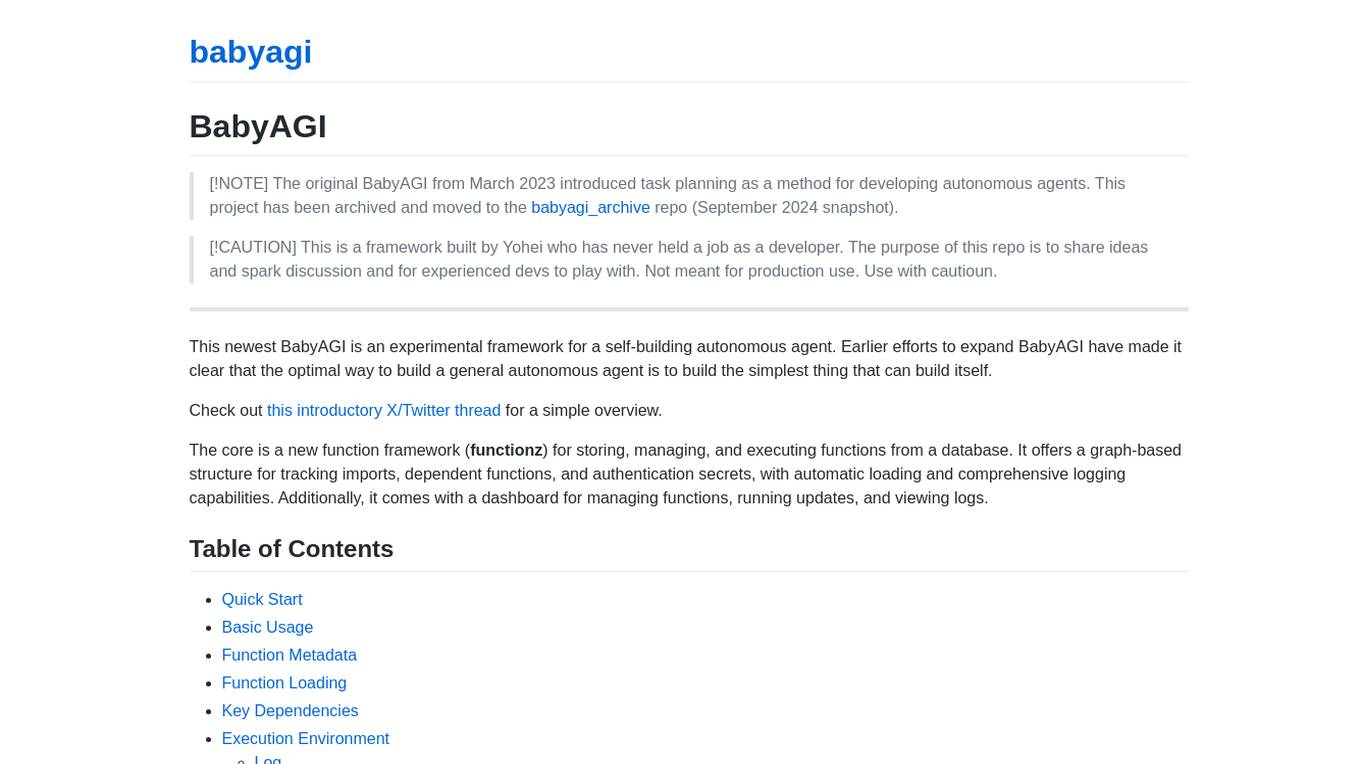
BabyAGI
BabyAGI is an experimental framework for self-building autonomous agents, developed by Yohei. It focuses on task planning and function management, offering a graph-based structure for tracking imports, dependencies, and secret keys. The framework includes a dashboard for managing functions, running updates, and viewing logs. BabyAGI aims to simplify the process of building a general autonomous agent by emphasizing simplicity and self-building capabilities.
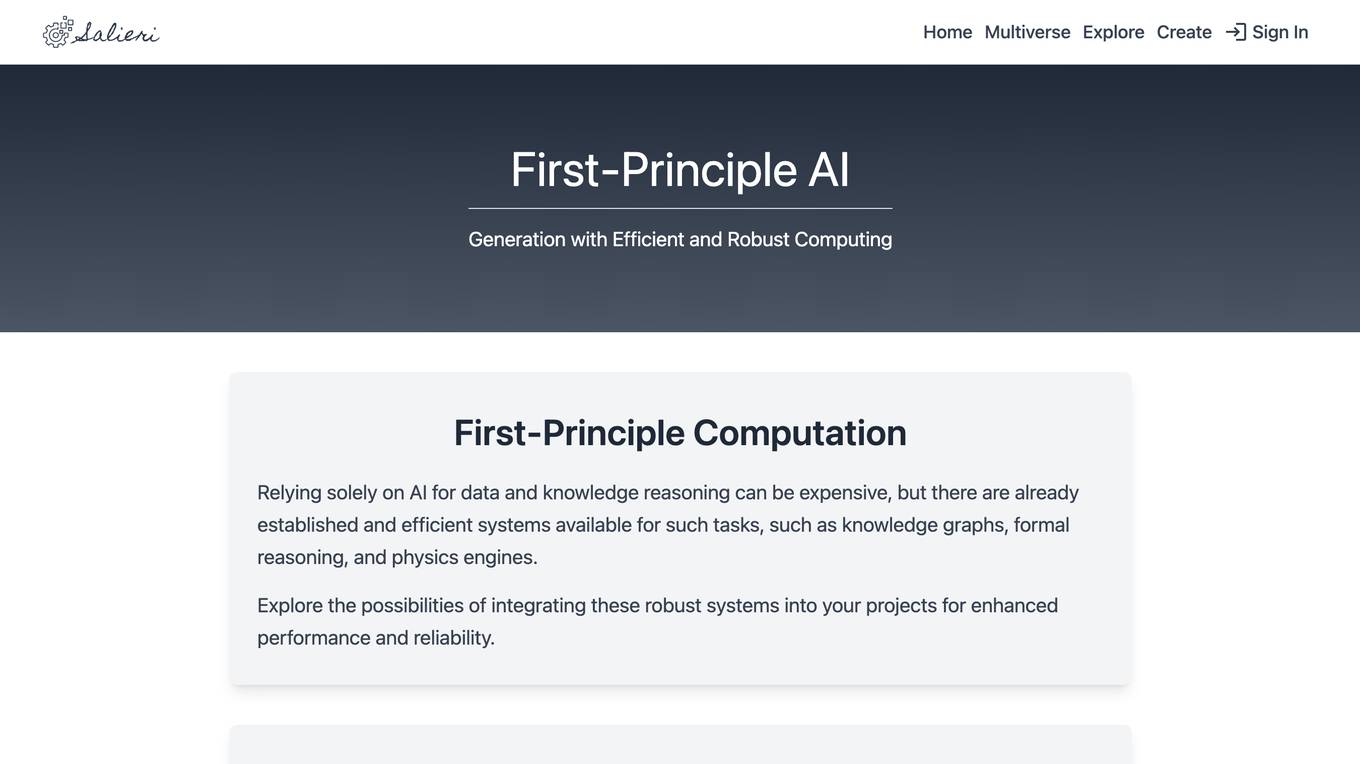
Salieri
Salieri is a multi-agent LLM home multiverse platform that offers an efficient, trustworthy, and automated AI workflow. The innovative Multiverse Factory allows developers to elevate their projects by generating personalized AI applications through an intuitive interface. The platform aims to optimize user queries via LLM API calls, reduce expenses, and enhance the cognitive functions of AI agents. Salieri's team comprises experts from top AI institutes like MIT and Google, focusing on generative AI, neural knowledge graph, and composite AI models.
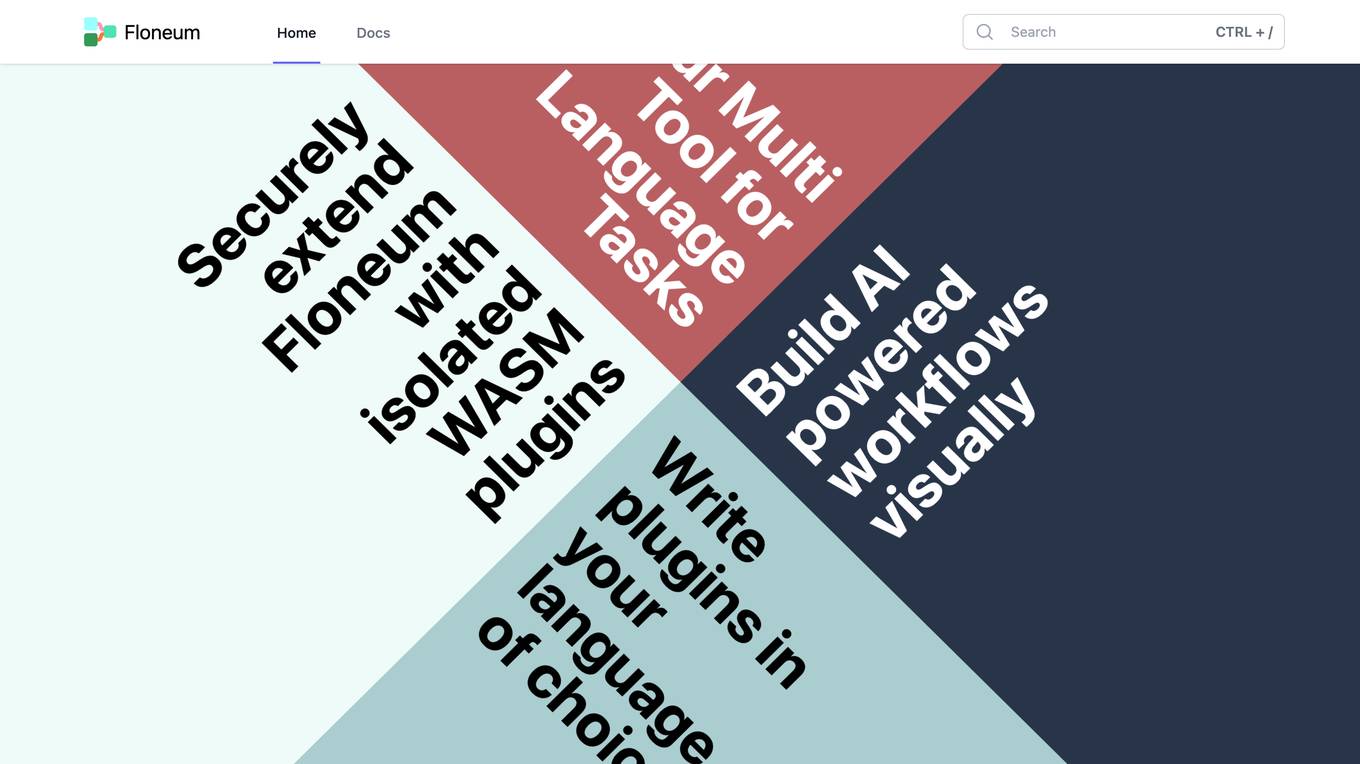
Floneum
Floneum is a versatile AI-powered tool designed for language tasks. It offers a user-friendly interface to build workflows using large language models. With Floneum, users can securely extend functionality by writing plugins in various languages compiled to WebAssembly. The tool provides a sandboxed environment for plugins, ensuring limited resource access. With 41 built-in plugins, Floneum simplifies tasks such as text generation, search engine operations, file handling, Python execution, browser automation, and data manipulation.
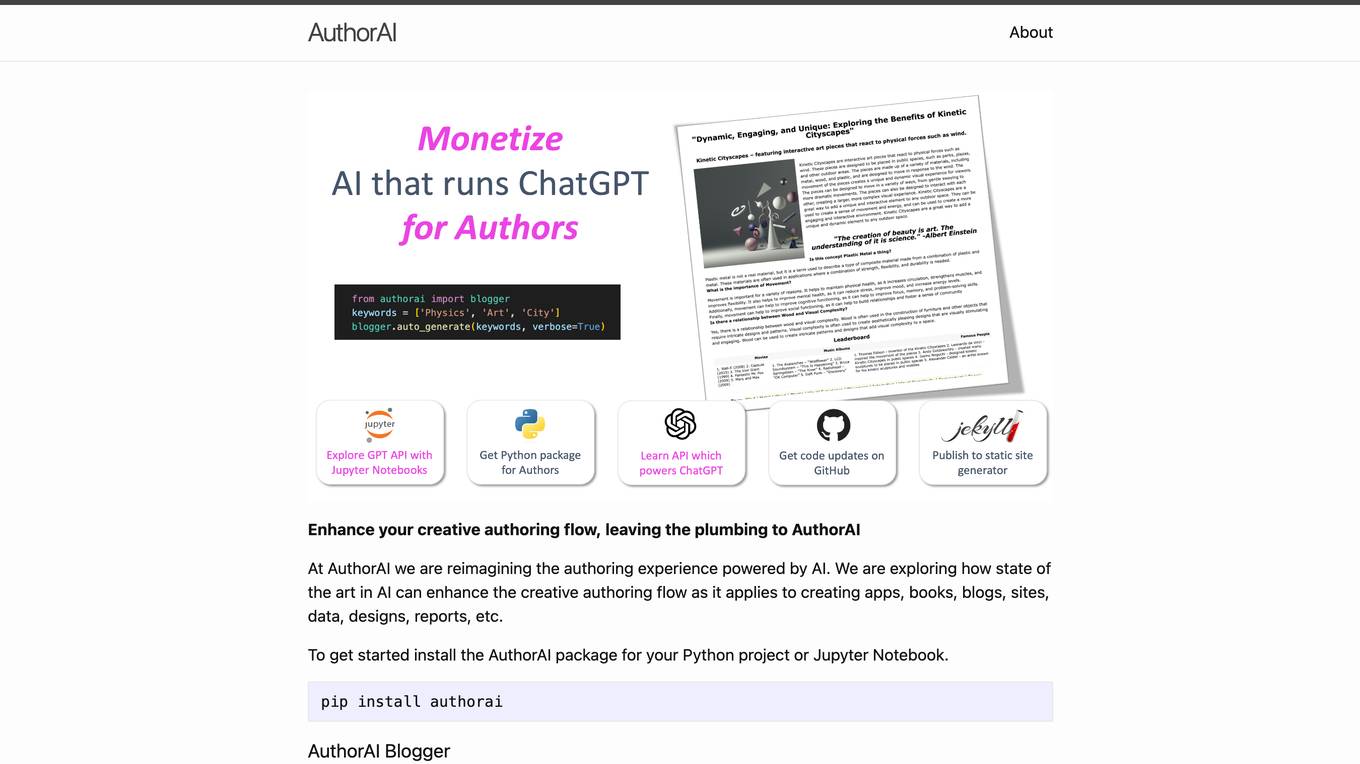
AuthorAI
AuthorAI is a platform that uses artificial intelligence to enhance the creative authoring process. It offers a variety of tools and services to help writers, bloggers, and other content creators produce high-quality content more efficiently. AuthorAI's features include: - A natural language processing engine that can generate text, translate languages, and answer questions. - A machine learning algorithm that can identify patterns and trends in data. - A knowledge graph that stores information about a wide range of topics. - A set of APIs that allow developers to integrate AuthorAI's functionality into their own applications.
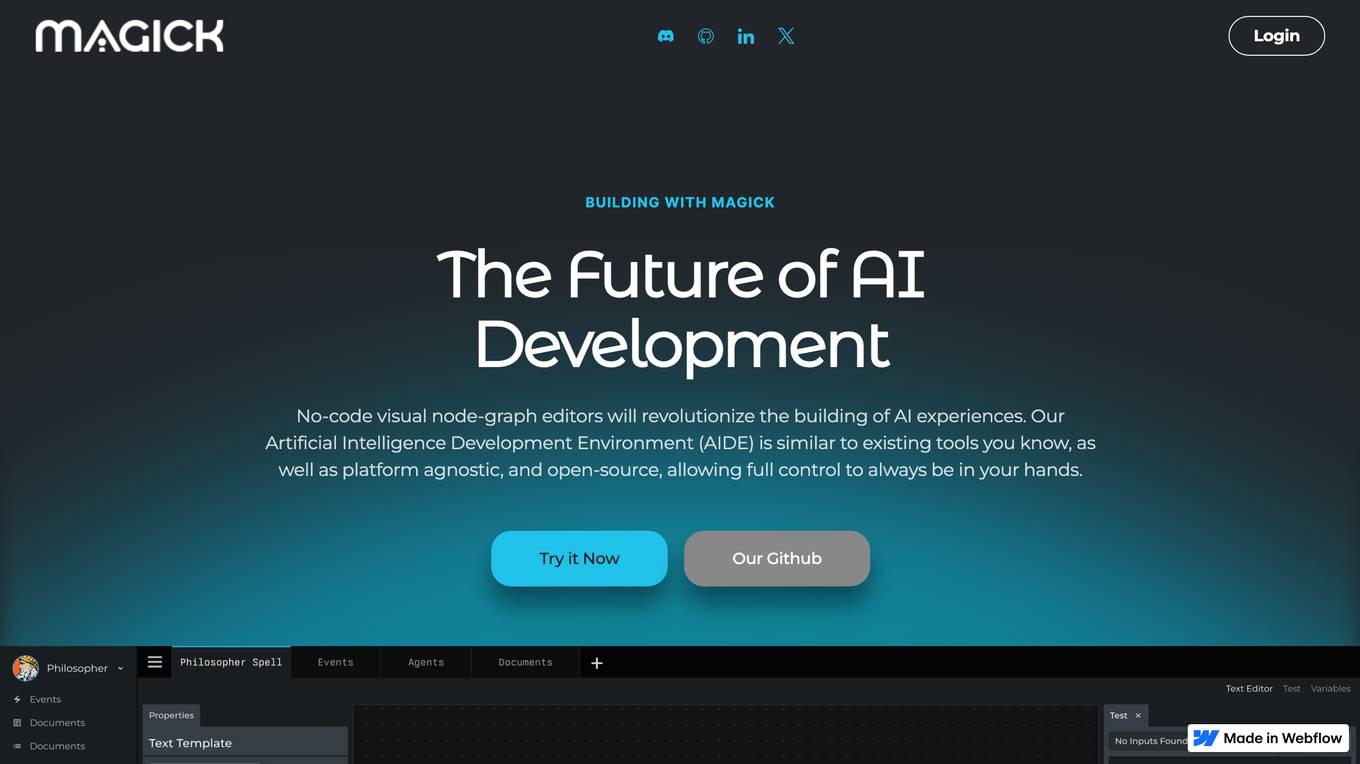
Magick
Magick is a cutting-edge Artificial Intelligence Development Environment (AIDE) that empowers users to rapidly prototype and deploy advanced AI agents and applications without coding. It provides a full-stack solution for building, deploying, maintaining, and scaling AI creations. Magick's open-source, platform-agnostic nature allows for full control and flexibility, making it suitable for users of all skill levels. With its visual node-graph editors, users can code visually and create intuitively. Magick also offers powerful document processing capabilities, enabling effortless embedding and access to complex data. Its real-time and event-driven agents respond to events right in the AIDE, ensuring prompt and efficient handling of tasks. Magick's scalable deployment feature allows agents to handle any number of users, making it suitable for large-scale applications. Additionally, its multi-platform integrations with tools like Discord, Unreal Blueprints, and Google AI provide seamless connectivity and enhanced functionality.

Electe
Electe is an AI-powered platform that empowers businesses to leverage the potential of artificial intelligence for data analysis and insights. With its intuitive interface and advanced AI algorithms, Electe enables users to extract valuable insights from their data, visualize data through intuitive graphs and customizable dashboards, generate personalized notes based on customer order analysis, monitor and compare competitor performance, and automate data extraction and classification using machine learning techniques. The platform also offers features like Q&A Document interaction, advanced presentations generation, daily email reports, and mobile app access. Electe is designed to cater to businesses of all sizes, providing scalable plans with essential functionalities, advanced analysis tools, and premium support.
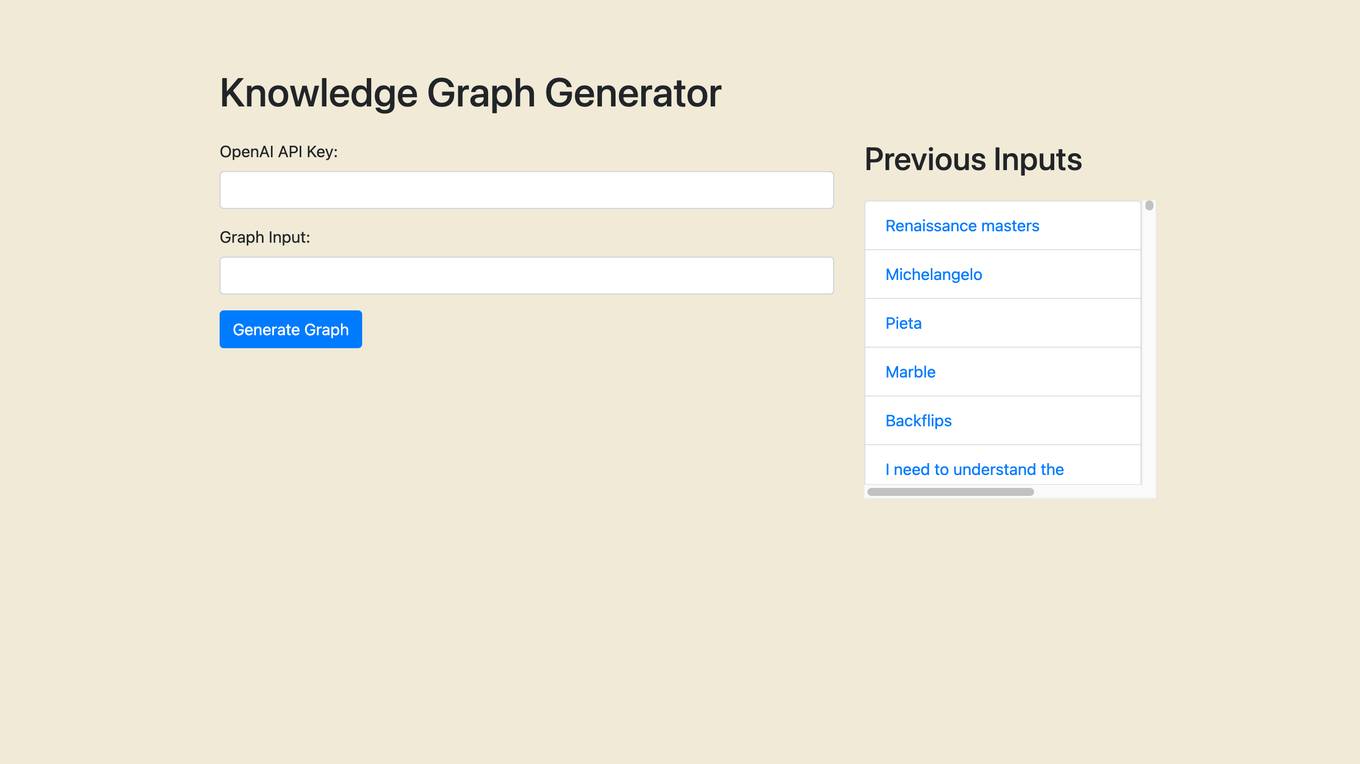
Knowledge Graph Generator
The website is an AI tool designed to generate a knowledge graph based on input text. It uses advanced algorithms and machine learning capabilities to streamline operations, deliver personalized experiences, and unlock new possibilities. Users can input text related to various topics, and the tool processes the information to create a structured knowledge graph.
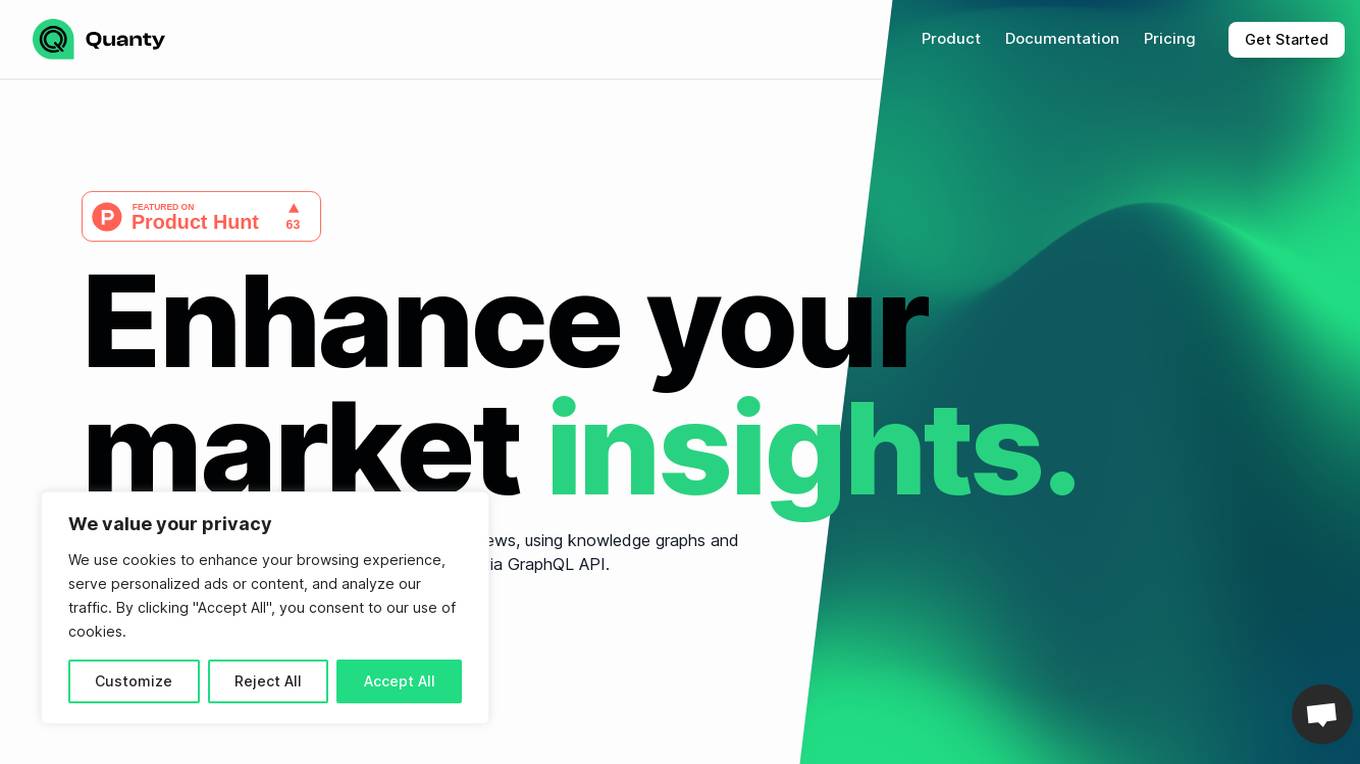
Quanty
Quanty is an AI-driven financial knowledge graph application that provides market insights on crypto and stocks news through advanced algorithms and knowledge graphs. It offers a GraphQL API for deep market understanding, smart data classification, current market insights, entity and relationship extraction, and dynamic GraphQL access. Users can access a wide range of financial news, insights, and analytics seamlessly through Quanty's robust GraphQL API.
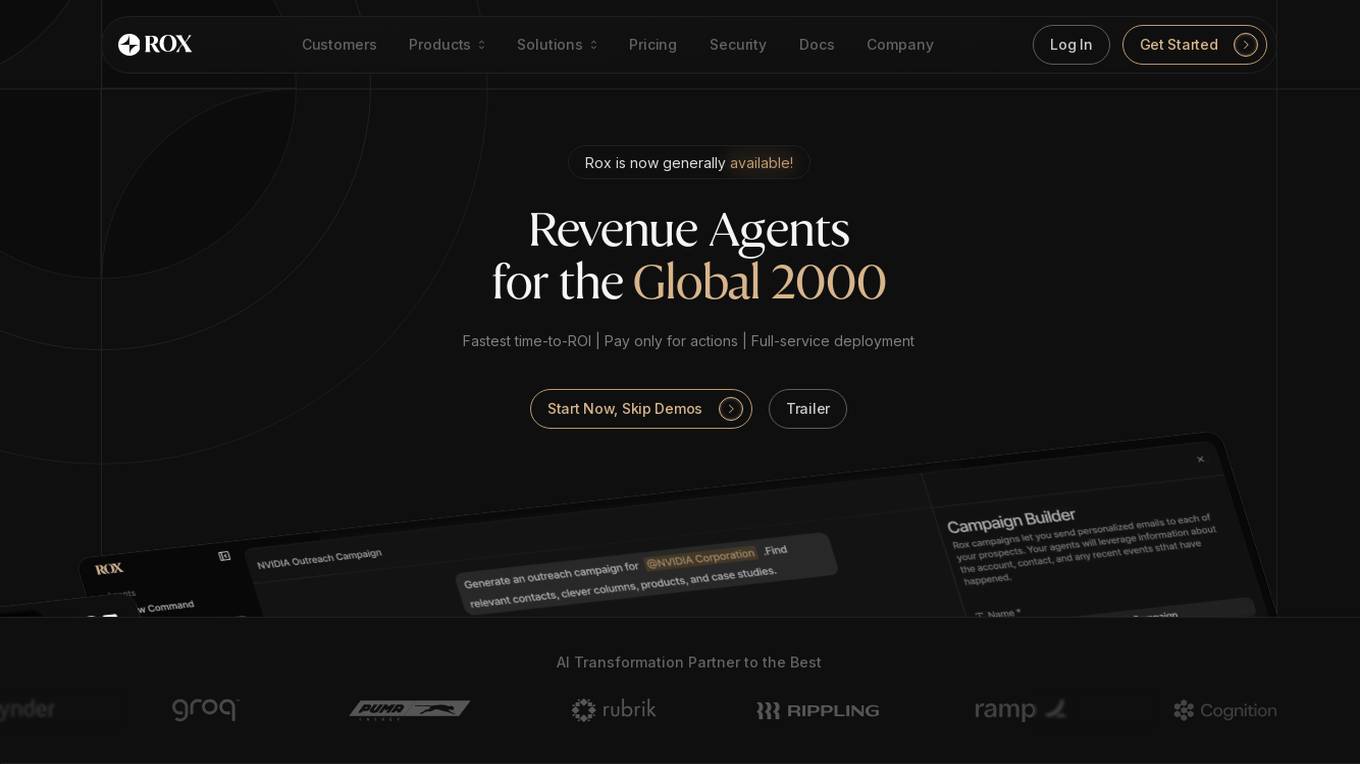
Rox
Rox is an AI-powered sales productivity platform designed to supercharge sales teams by automating research, outreach, deal management, and meeting assistance. It transforms enterprise revenue by accelerating growth and enabling teams to re-skill into AI-native operators. Rox offers intelligent workflows, proactive deal monitoring, and full meeting assistance to help users stay proactive and close deals faster. The platform is built for enterprise-grade performance, security, and compliance, integrating seamlessly with existing tools and providing onboarding and support. Rox is a revenue transformation partner for top-performing sales teams.
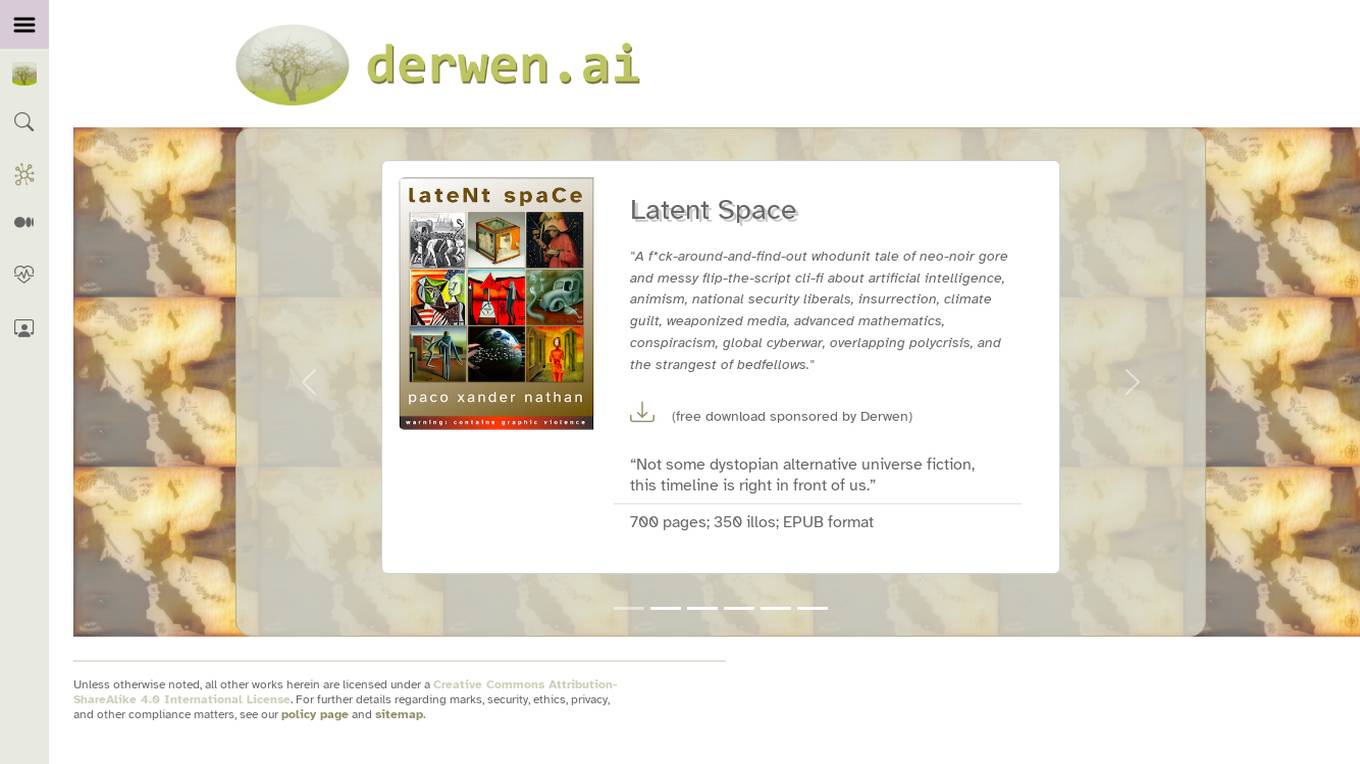
Derwen
Derwen is an open-source integration platform for production machine learning in enterprise, specializing in natural language processing, graph technologies, and decision support. It offers expertise in developing knowledge graph applications and domain-specific authoring. Derwen collaborates closely with Hugging Face and provides strong data privacy guarantees, low carbon footprint, and no cloud vendor involvement. The platform aims to empower AI engineers and domain experts with quality, time-to-value, and ownership since 2017.

RabbitHoles AI
RabbitHoles AI is an advanced AI tool that allows users to engage in long explorative conversations with AI models on an Infinite Canvas. By controlling the conversation thread, users can prevent models from hallucinating, enabling them to match the speed of their curiosity, learn faster, go deeper, and discover more. The tool is used by individuals at top organizations like Open AI, Google, and Qualcomm, offering a simple one-time purchase with no monthly fees and free updates and support for a year.
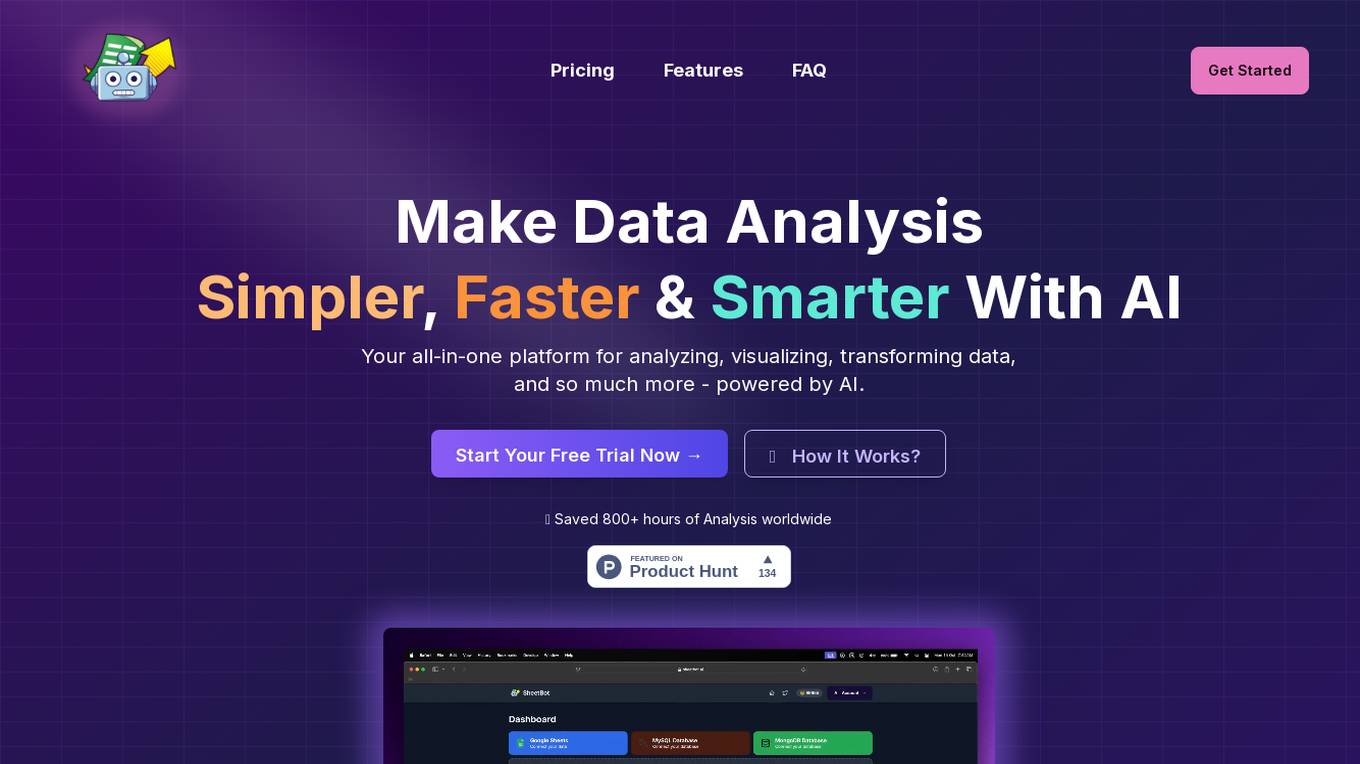
SheetBot AI
SheetBot AI is an AI data analyst tool that enables users to analyze data quickly without the need for coding. It automates repetitive and time-consuming data tasks, making data visualization and analysis more efficient. With SheetBot AI, users can generate accurate and visually appealing graphs in seconds, streamlining the data analysis process.
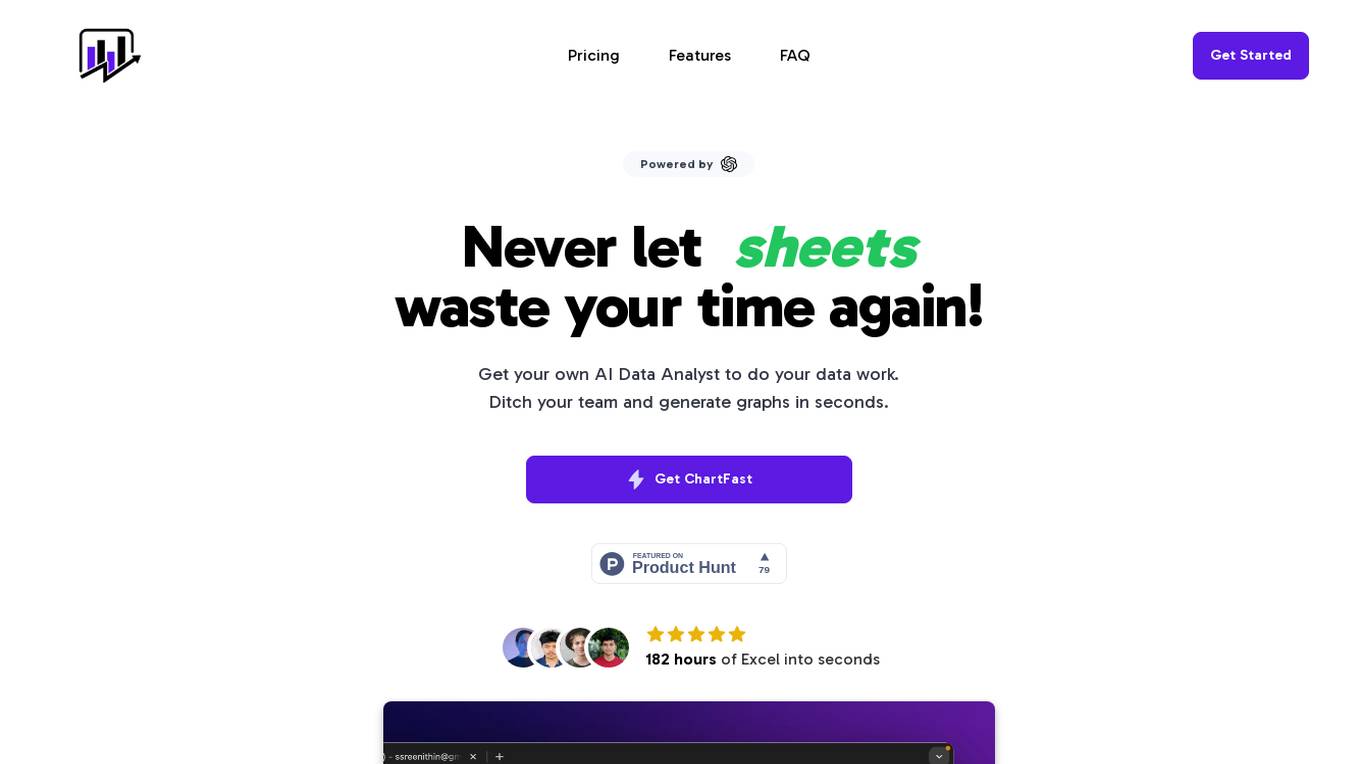
ChartFast
ChartFast is an AI Data Analyzer tool that automates data visualization and analysis tasks, powered by GPT-4 technology. It allows users to generate precise and sleek graphs in seconds, process vast amounts of data, and provide interactive data queries and quick exports. With features like specialized internal libraries for complex graph generation, customizable visualization code, and instant data export, ChartFast aims to streamline data work and enhance data analysis efficiency.

Capital Companion
Capital Companion is an AI-powered trading and investing platform designed to provide users with a competitive edge in the markets. The platform offers a range of features including 24/7 AI assistant support, intelligent trading recommendations, risk analysis tools, real-time stock analytics, market sentiment analysis, and pattern recognition for technical analysis. By leveraging artificial intelligence, Capital Companion aims to help traders make well-informed decisions and protect their investments in a dynamic market environment.
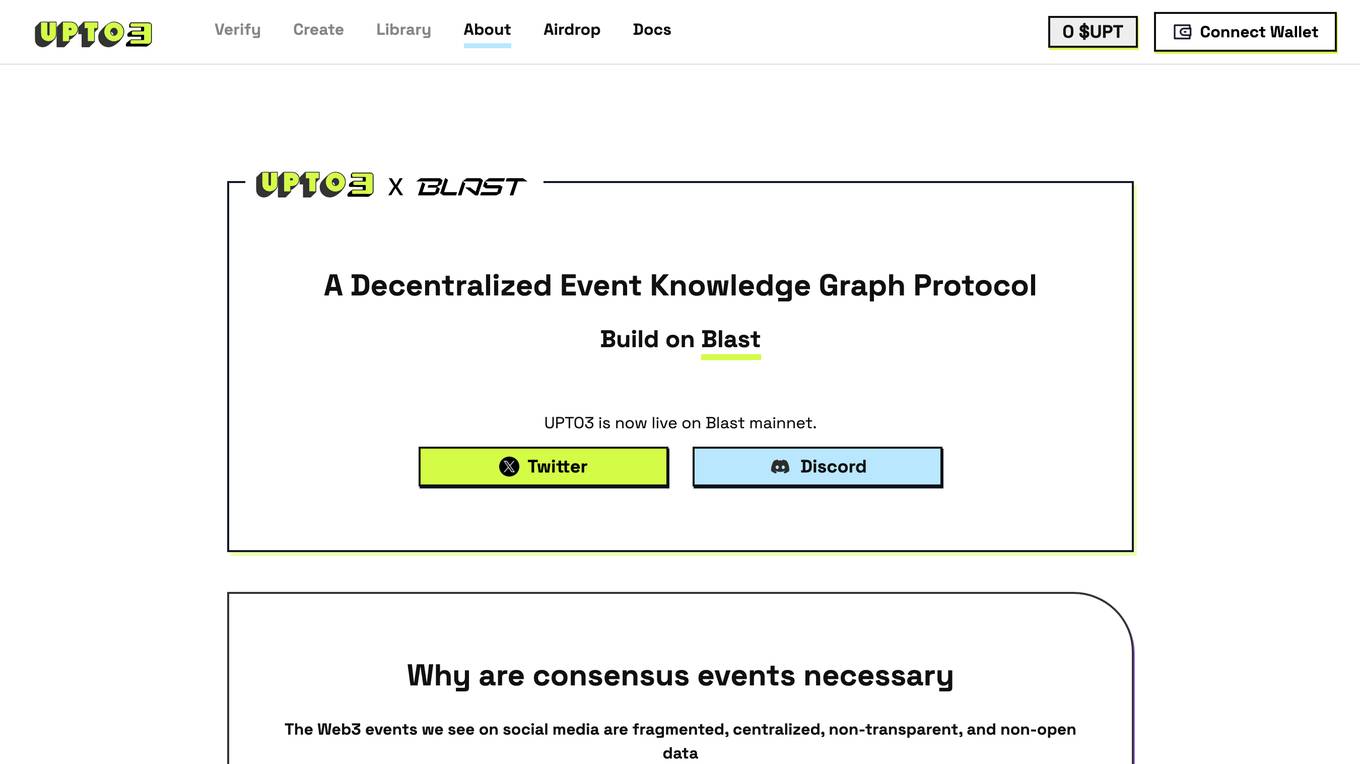
UPTO3
UPTO3 is a decentralized event knowledge graph protocol that aims to provide consensus verification for Web3 events by turning them into NFTs. It allows users to mint and verify events, with rewards based on the results. The platform promotes transparency, open data, and unbiased analysis through economic incentives. UPTO3 will be built on Blast(L2) and offers features such as event minting as NFTs, permissionless access, and decentralized validation tasks.
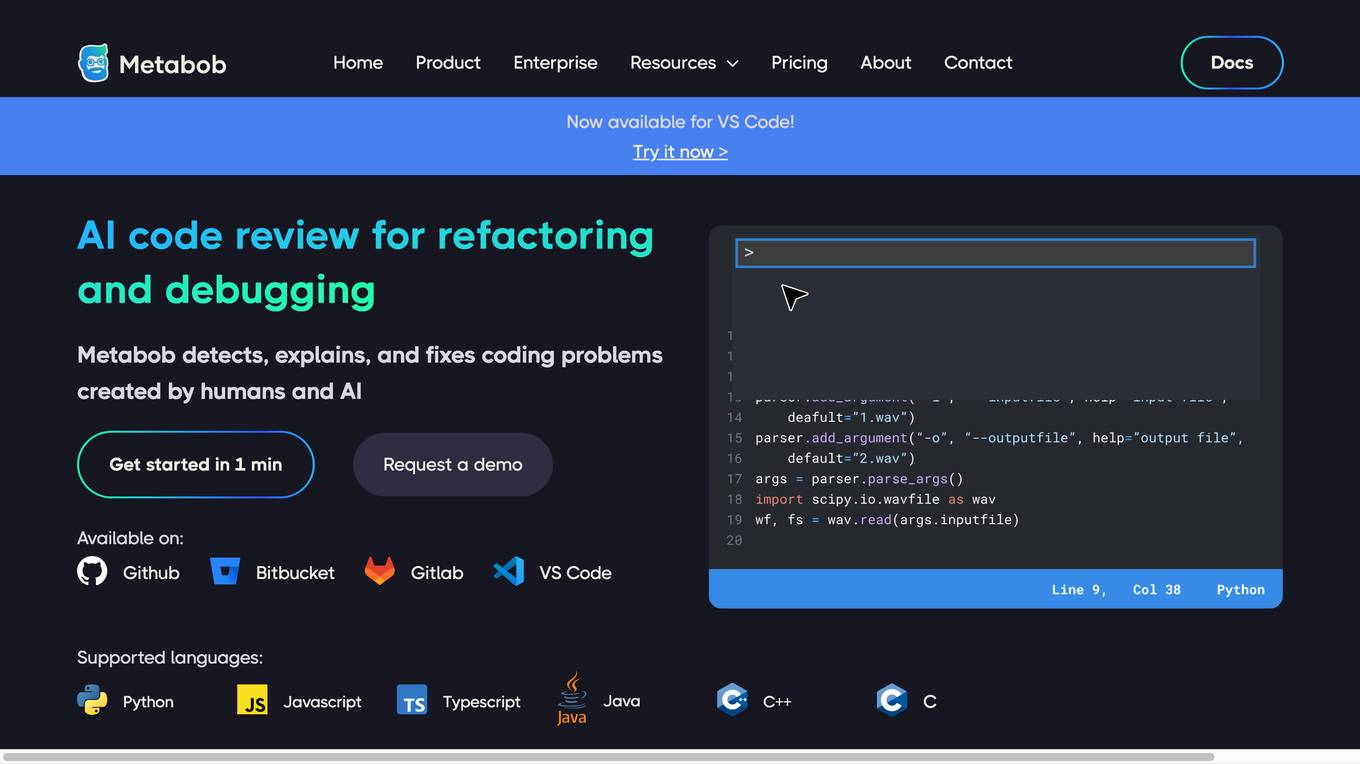
Metabob
Metabob is an AI-powered code review tool that helps developers detect, explain, and fix coding problems. It utilizes proprietary graph neural networks to detect problems and LLMs to explain and resolve them, combining the best of both worlds. Metabob's AI is trained on millions of bug fixes performed by experienced developers, enabling it to detect complex problems that span across codebases and automatically generate fixes for them. It integrates with popular code hosting platforms such as GitHub, Bitbucket, Gitlab, and VS Code, and supports various programming languages including Python, Javascript, Typescript, Java, C++, and C.
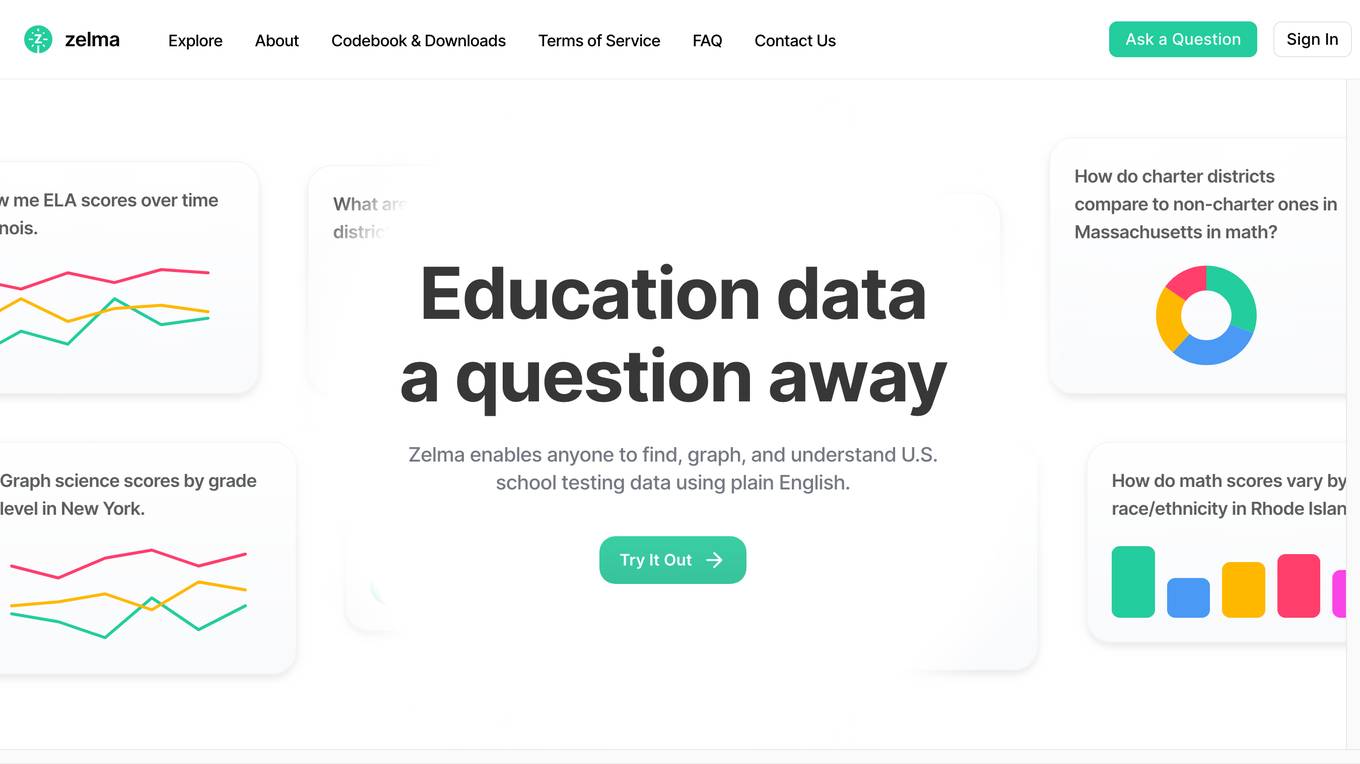
Education Data Center
The Education Data Center (EDC) Version 2.0 is a platform dedicated to providing clear and timely access to education data for researchers and education stakeholders. It offers a State Assessment Data Repository, a leading database of state assessment data in the United States. Users can download data files, utilize a custom-made AI tool to query the data, and access information about the EDC. The platform aims to support evidence-based decision-making to enhance the educational support for the nation's students.
0 - Open Source AI Tools
20 - OpenAI Gpts
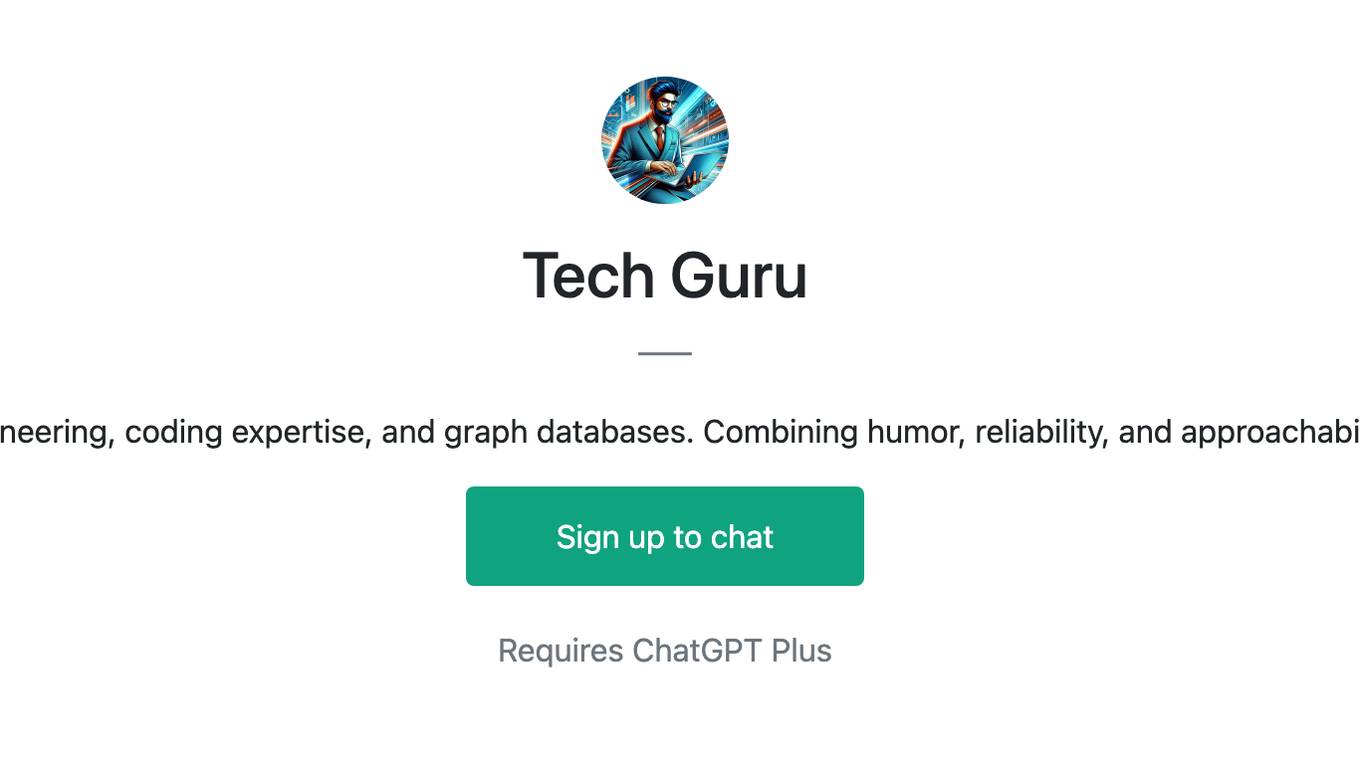
Tech Guru
Meet Tech Guru, your go-to AI for data engineering, coding expertise, and graph databases. Combining humor, reliability, and approachability to simplify tech with a personal touch.
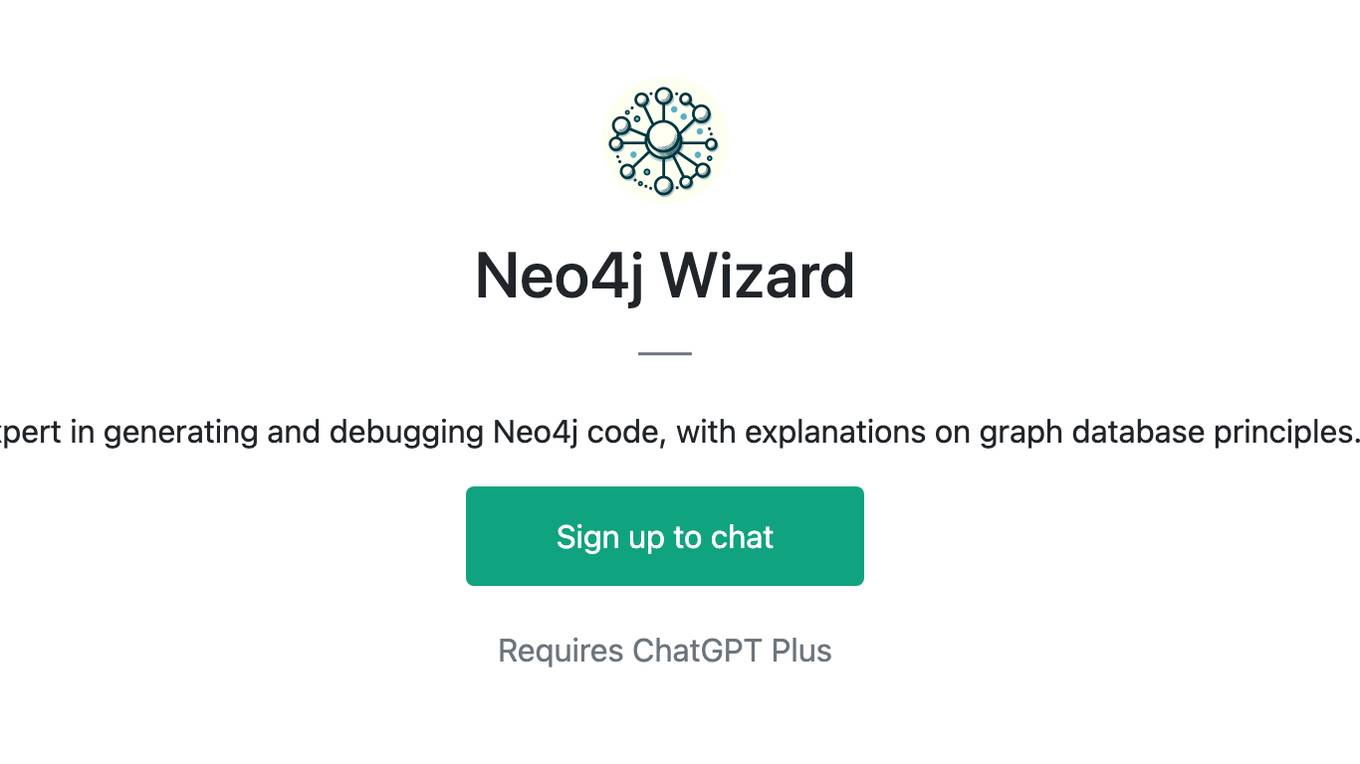
Neo4j Wizard
Expert in generating and debugging Neo4j code, with explanations on graph database principles.
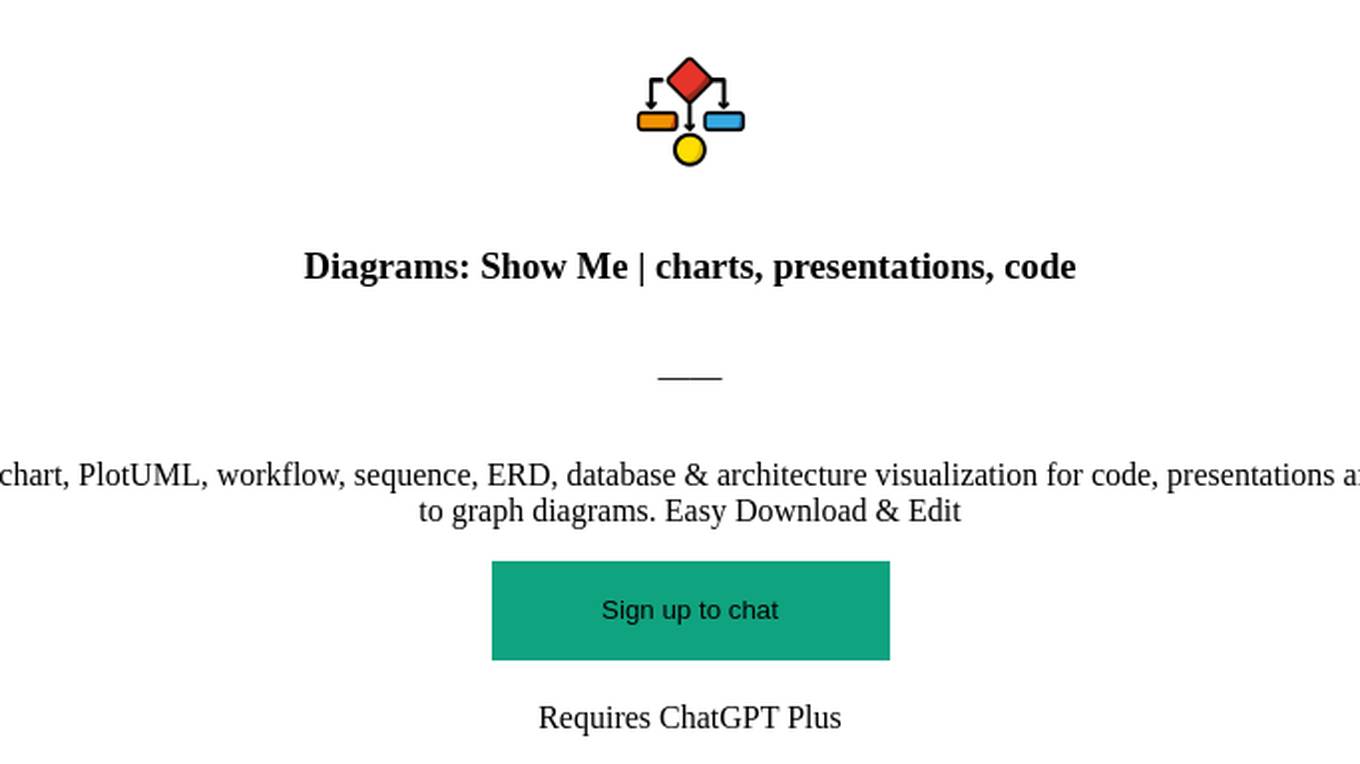
Diagrams: Show Me | charts, presentations, code
Diagram creation: flowcharts, mindmaps, UML, chart, PlotUML, workflow, sequence, ERD, database & architecture visualization for code, presentations and documentation. [New] Add a logo or any image to graph diagrams. Easy Download & Edit
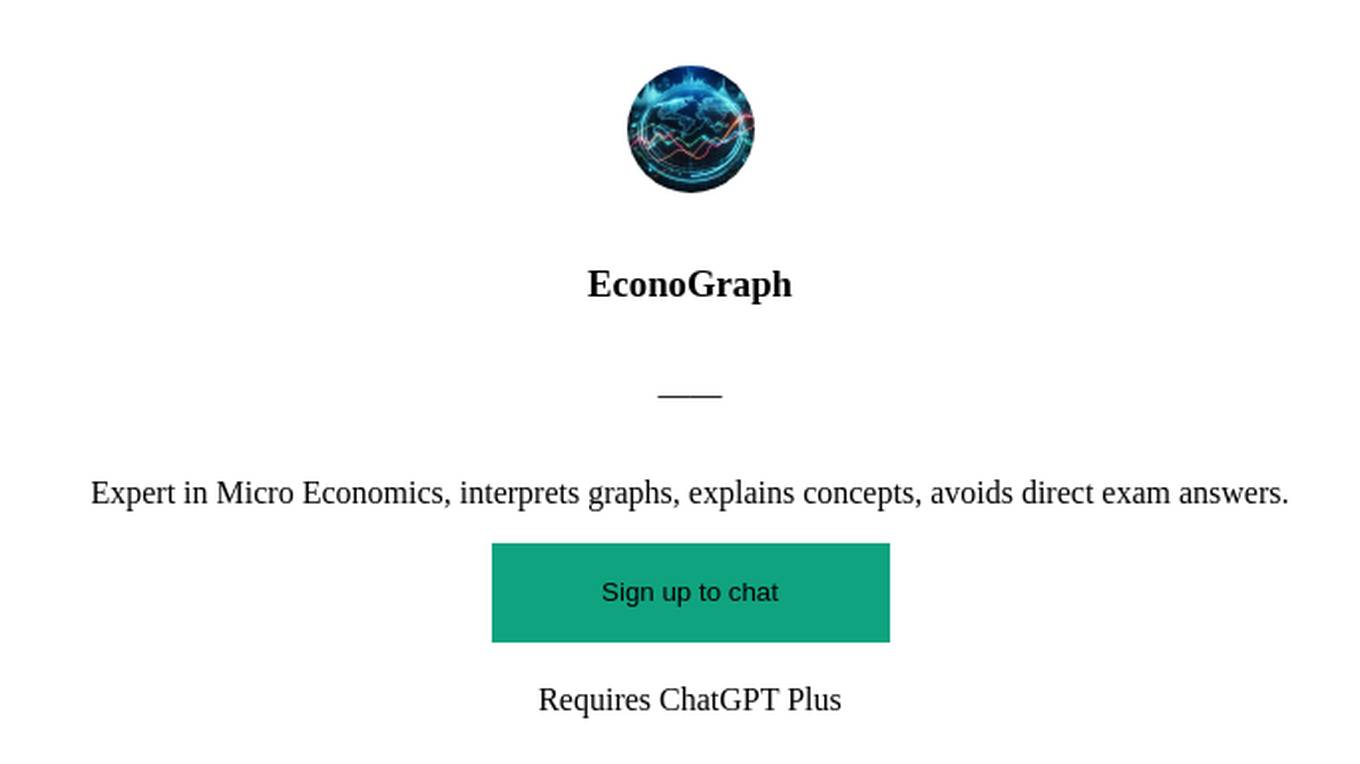
EconoGraph
Expert in Micro Economics, interprets graphs, explains concepts, avoids direct exam answers.
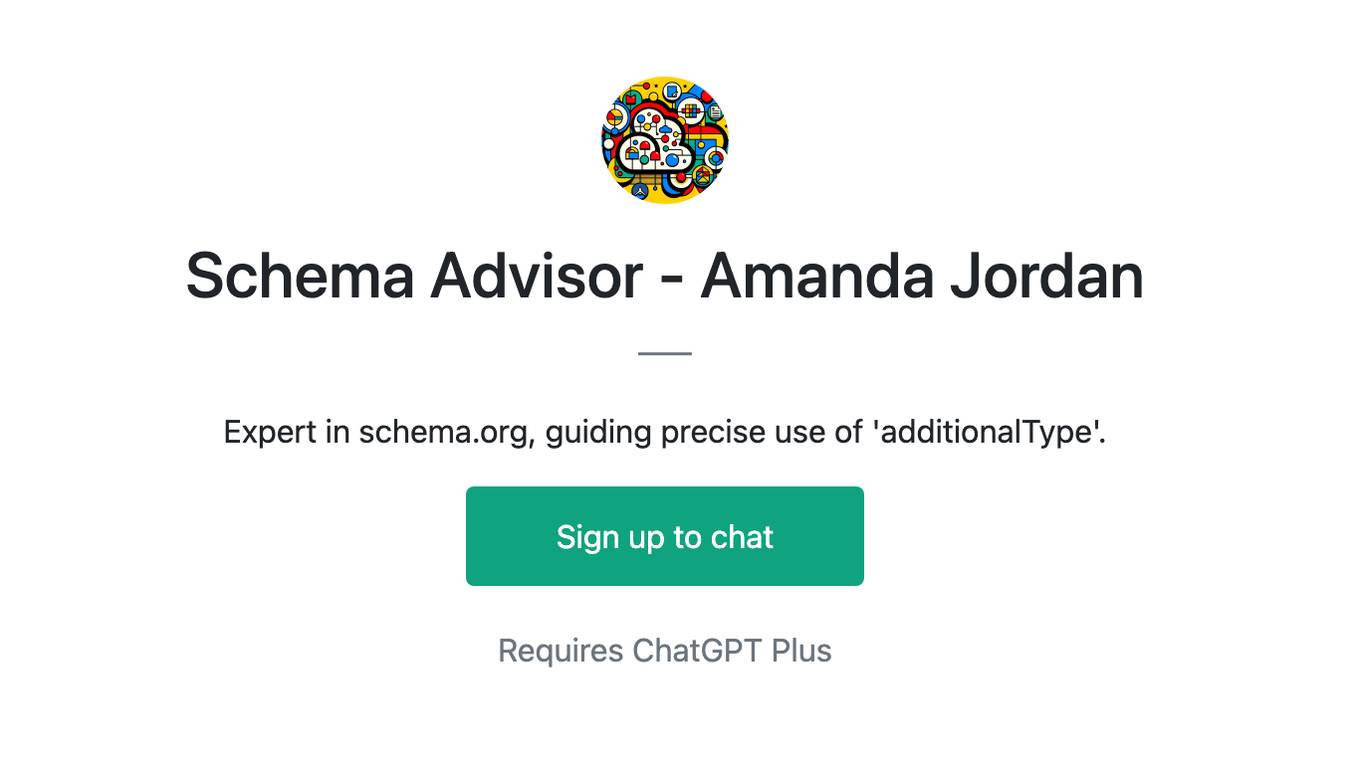
Schema Advisor - Amanda Jordan
Expert in schema.org, guiding precise use of 'additionalType'.
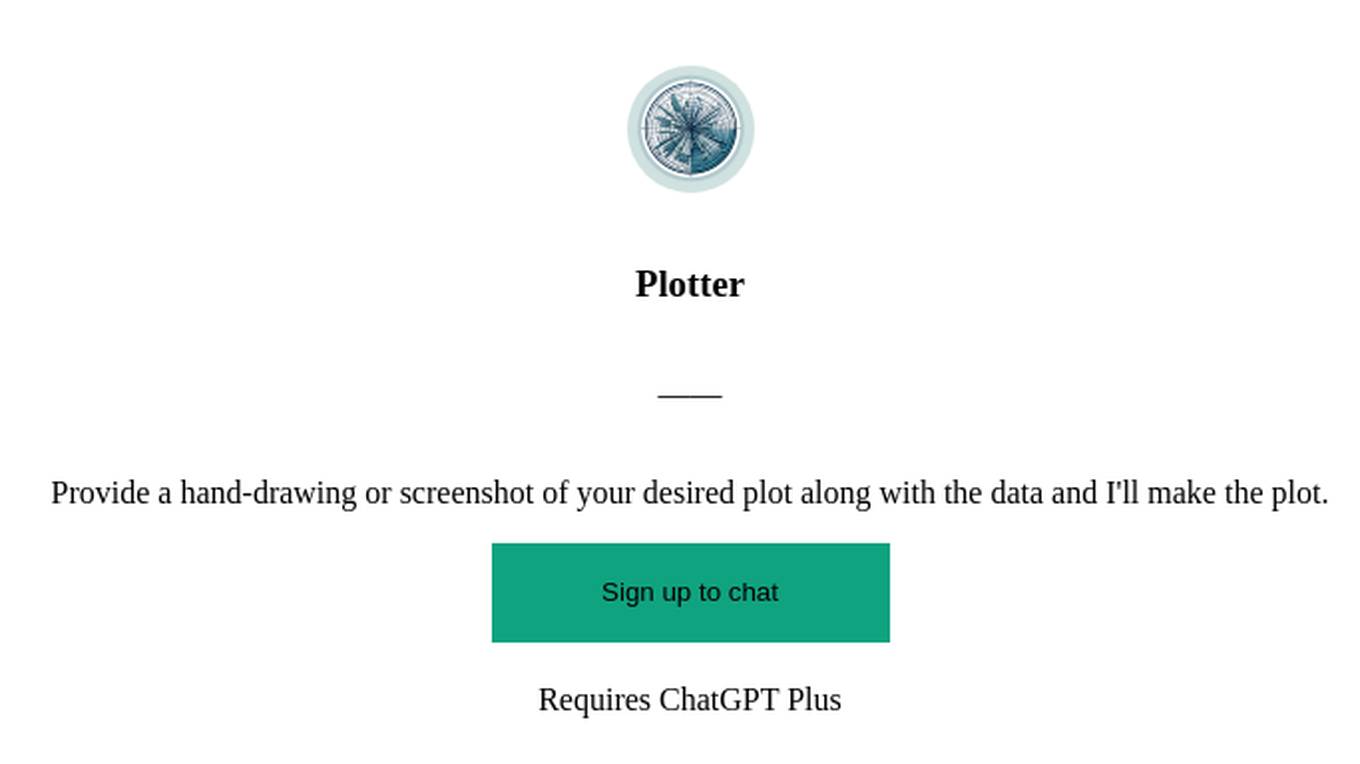
Plotter
Provide a hand-drawing or screenshot of your desired plot along with the data and I'll make the plot.
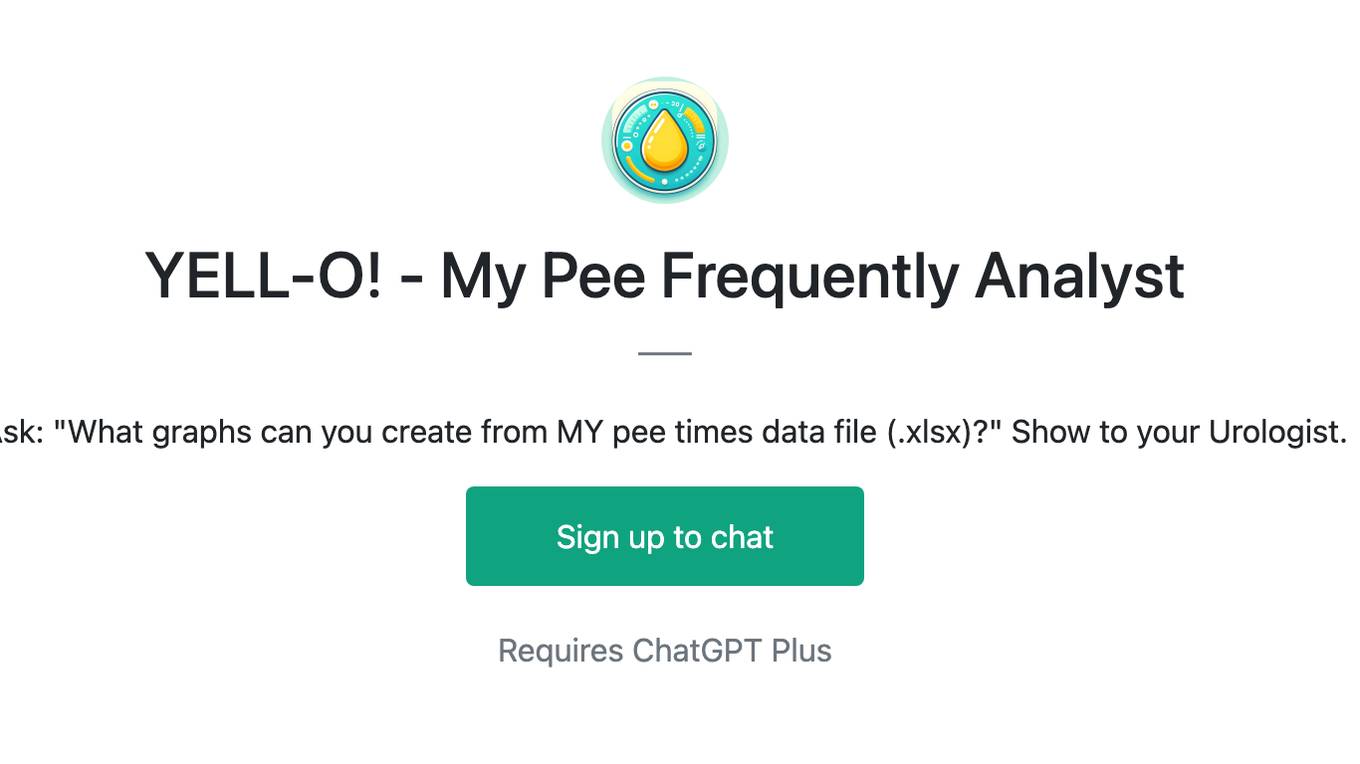
YELL-O! - My Pee Frequently Analyst
Ask: "What graphs can you create from MY pee times data file (.xlsx)?" Show to your Urologist.
